After we felt like we had seen what we wanted in the Kerman Province, it was time to head out to our next destination, the island of Qeshm – the biggest island in the Persian Gulf. Going to Qeshm Island meant that we would really be getting off the beaten path in Iran. The island is popular with Iranians, but tourists and backpackers rarely include it on their itineraries, and since we were going in the off-season, the chance of meeting another westerner was virtually nil.
We caught the bus from Kerman to the harbour town Bandar Abbas at 7.45 AM, and spent the next 7 hours on the bus. We met a really friendly girl from Tehran, who told us where to get off in Bandar Abbas, when we finally arrived, and she even arranged and paid for a taxi to the ferry terminal. Before we could offer to pay her, she was gone. I’ve said it before and I’ll say it again – Iranians are SO friendly!
Half an hour after we got to the terminal, the ferry for Qeshm Island left. It took about 40 minutes and then we were in the middle of the Persian Gulf!
We didn’t know where to stay on the island, and we had a hard time finding any English-speaking people, but with the help of a translater programme we found a taxi driver, who offered to drive us around town to find cheap accommodation. After a few tries, we settled for Serare Hotel, which had cheap and basic rooms in the center of Qeshm City.
The main difference that I noticed about Qeshm Island from the mainland was the way that the locals dress. The people that live on the southern coast of Iran and on the islands are known as Bandari (port people), and they are a mix of many ethnicities and cultures, including Persian, Arab, Indian and African. Most Bandari people wear different attire from other Iranian provinces. The men often wear white Arab-style clothing, and the women wear colourful dresses instead of the typical black dress, and we even saw quite a few women sporting the so-called Boregheh masks that resemble beaks.
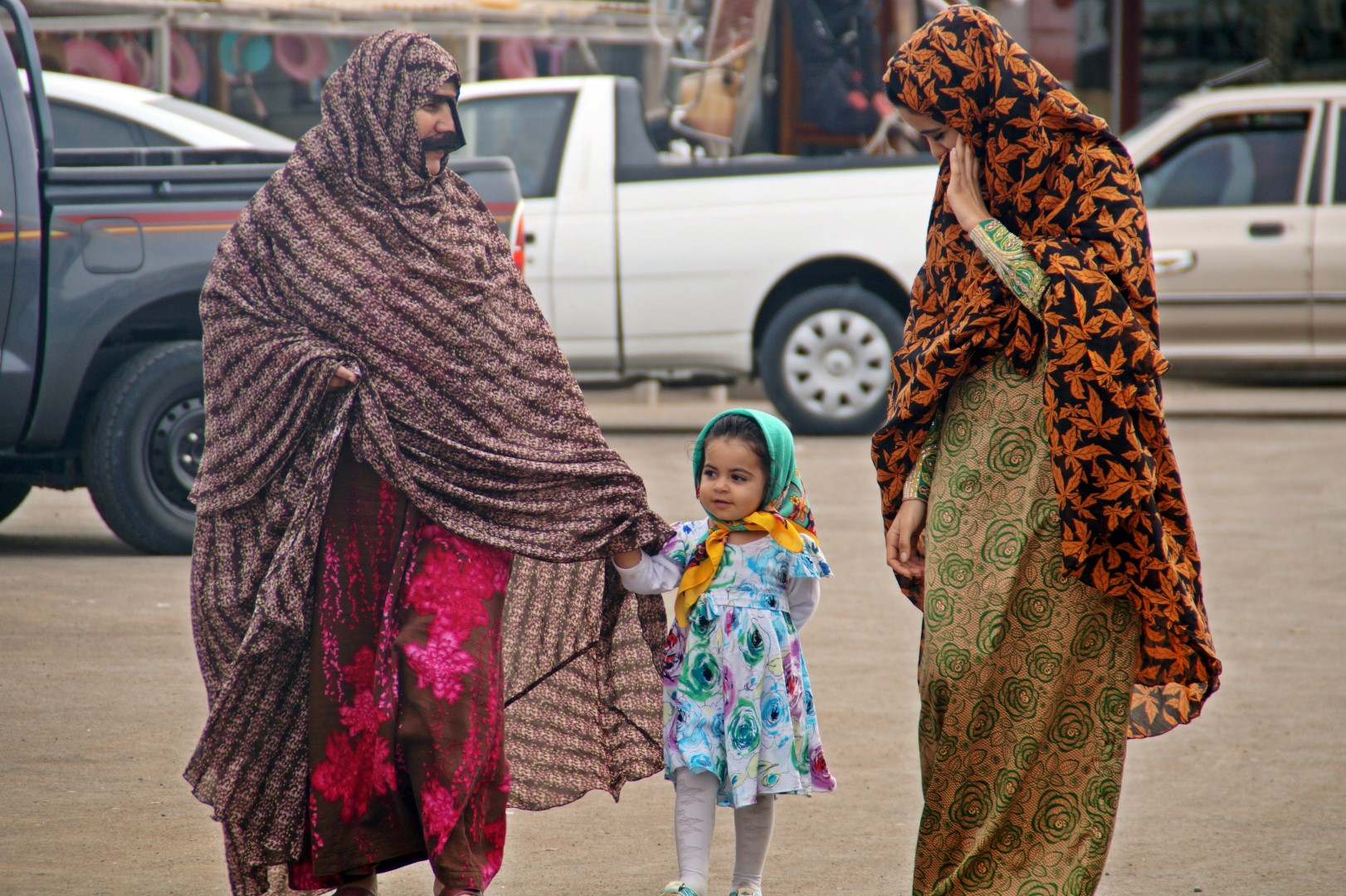
The following day, we had arranged for a taxi driver to take us around the island to some places of interest that we had pointed out. Omar picked us up early in the morning and spent the next many hours showing us around his beautiful island. We saw a lot of interesting places, but one of my favourite things about the roadtrip was all the wild camels that we saw on the side of the road! It was just like being back in Mongolia!
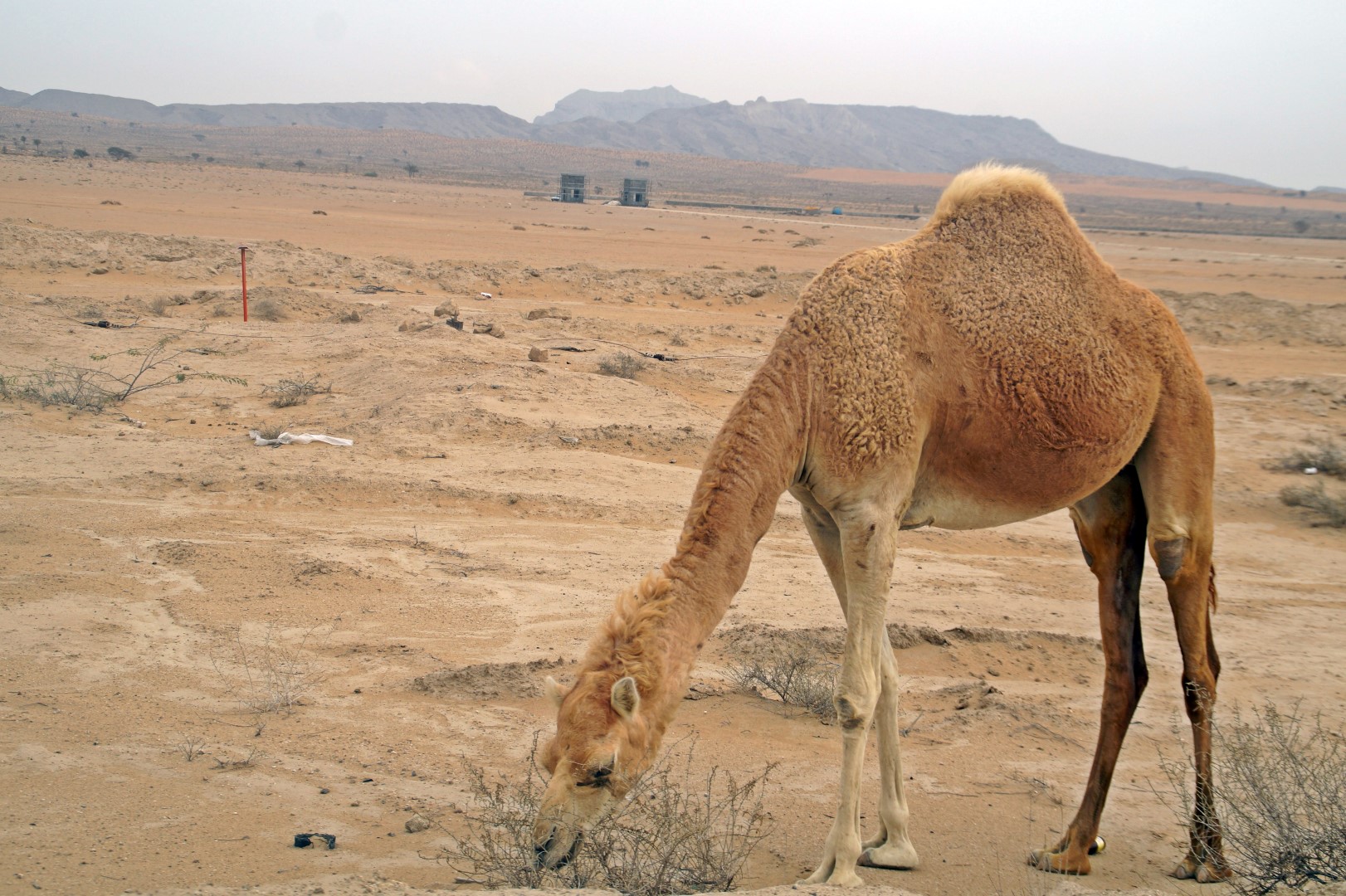
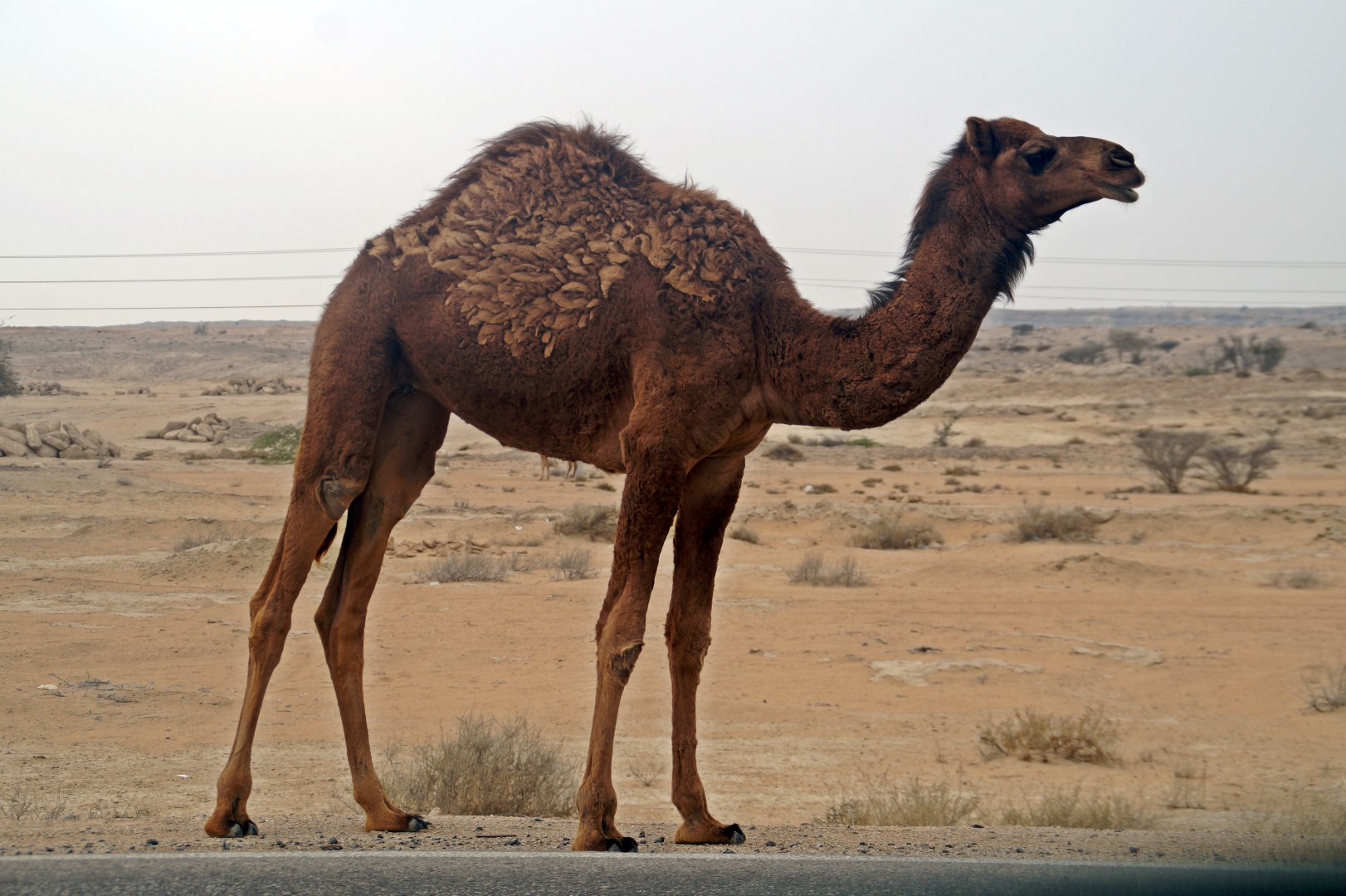
The ancient and modern Khorbas Caves
The first stop on the roadtrip was Khorbas Cave, which is a collection of natural and man-made caves that lie on the slope of a rocky outcropping next to Ramchah village.
The formation of the cave’s entrance was formed several thousands of years ago due to natural erosion. A few of the caves were carved out by man during the Parthian and Sassanian periods (247 BC to 224 AD and 224 to 651 AD), but the caves connected by tunnels dug into the rock are modern constructions.
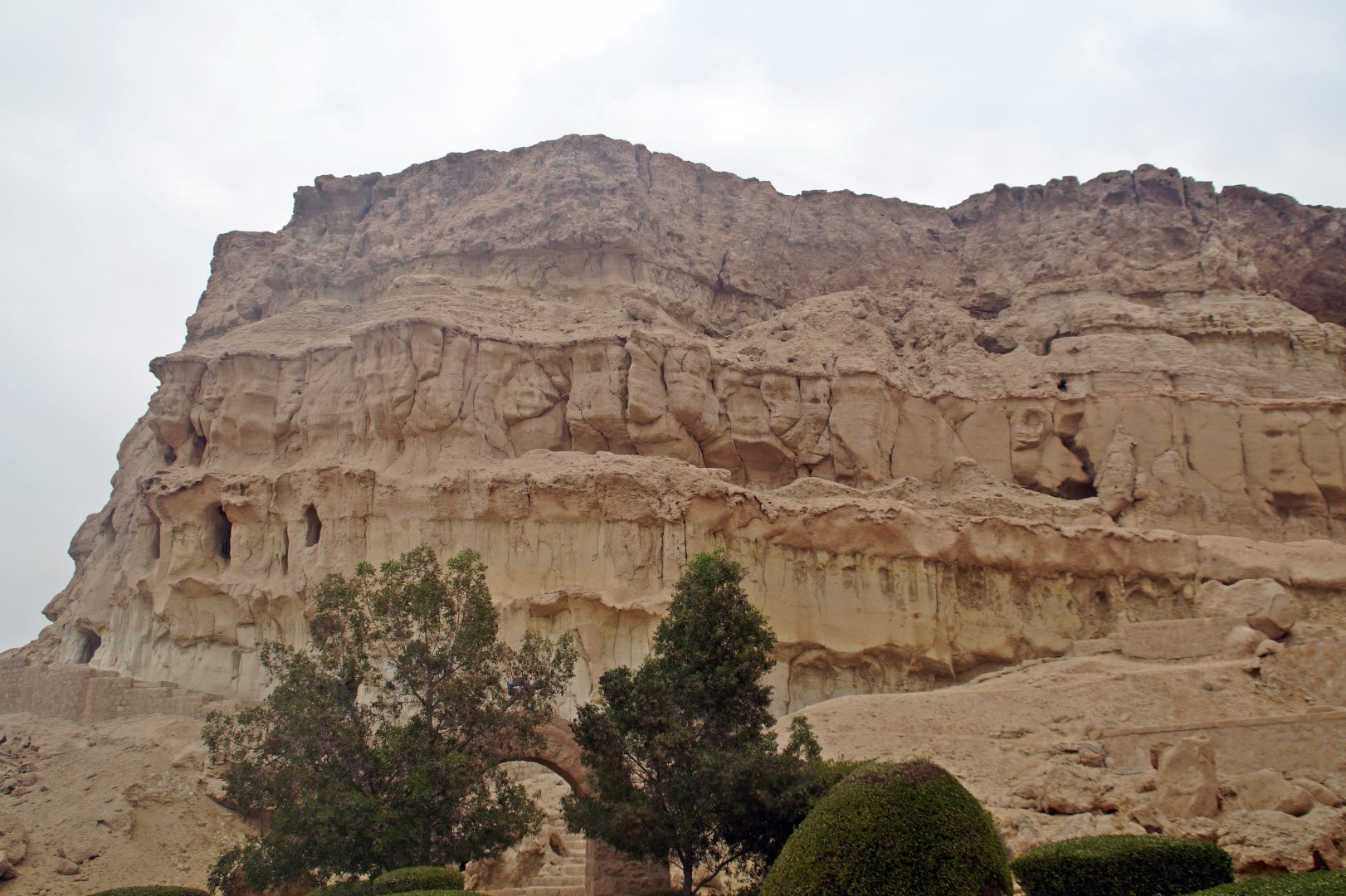
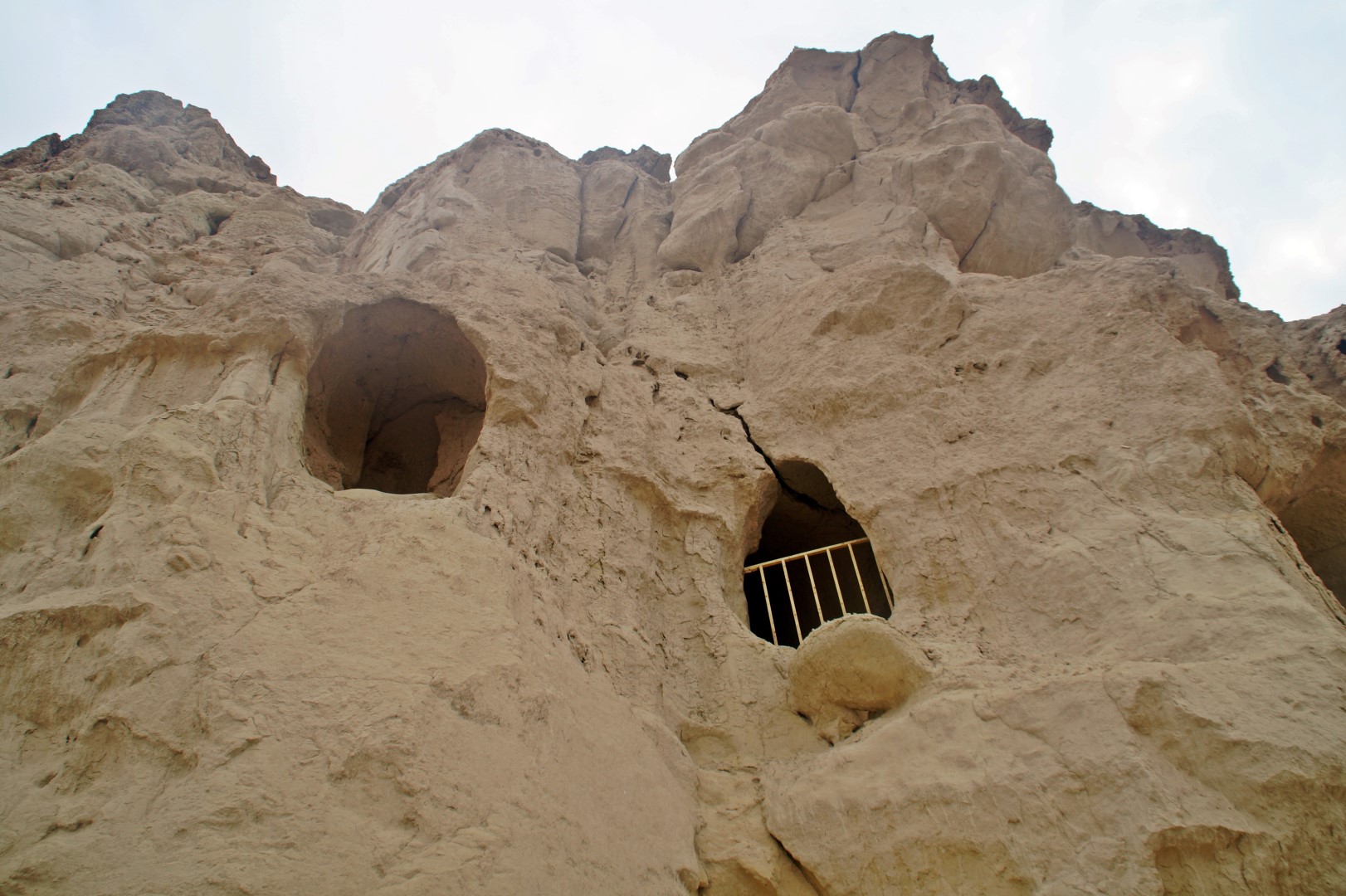
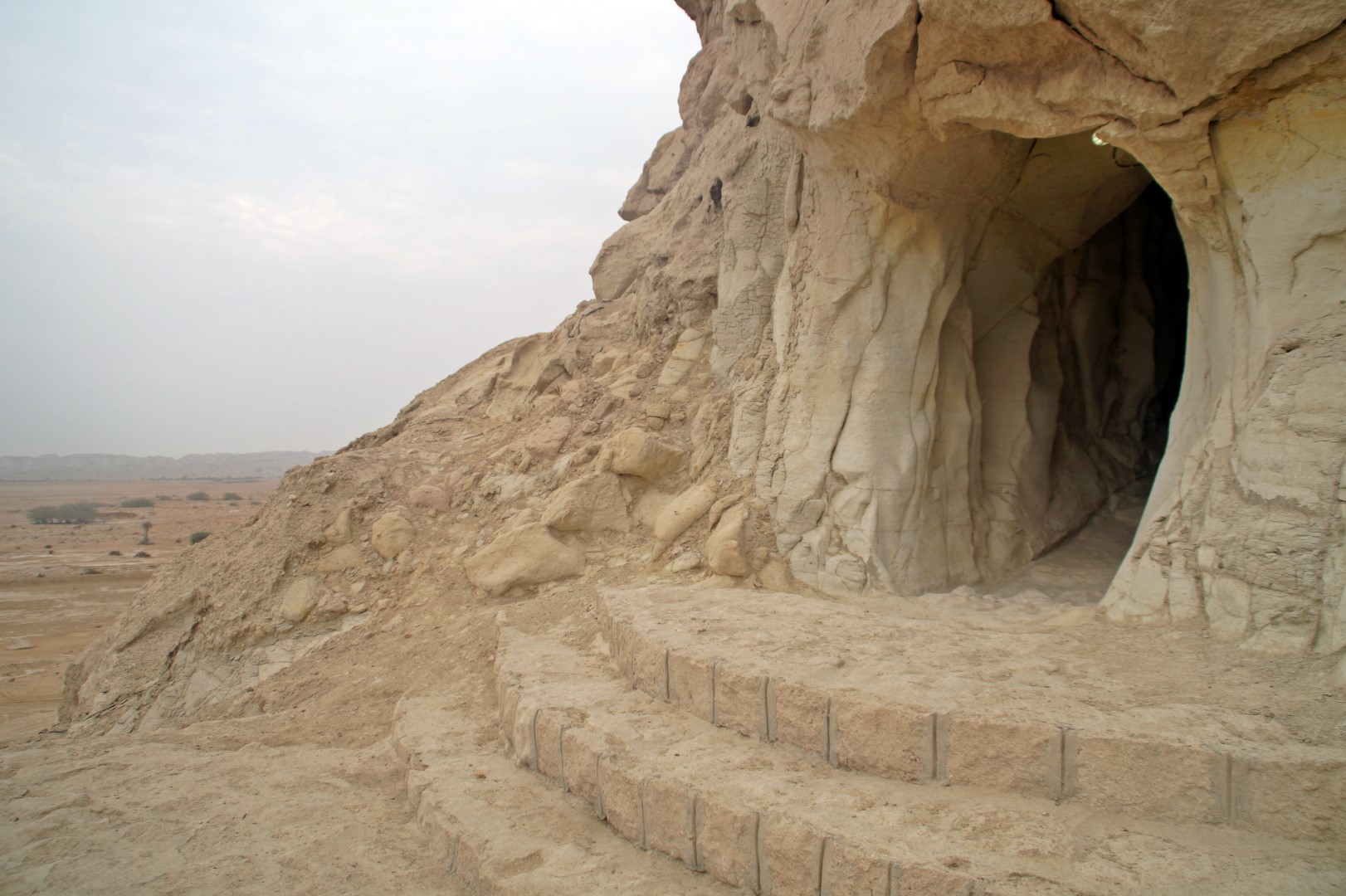
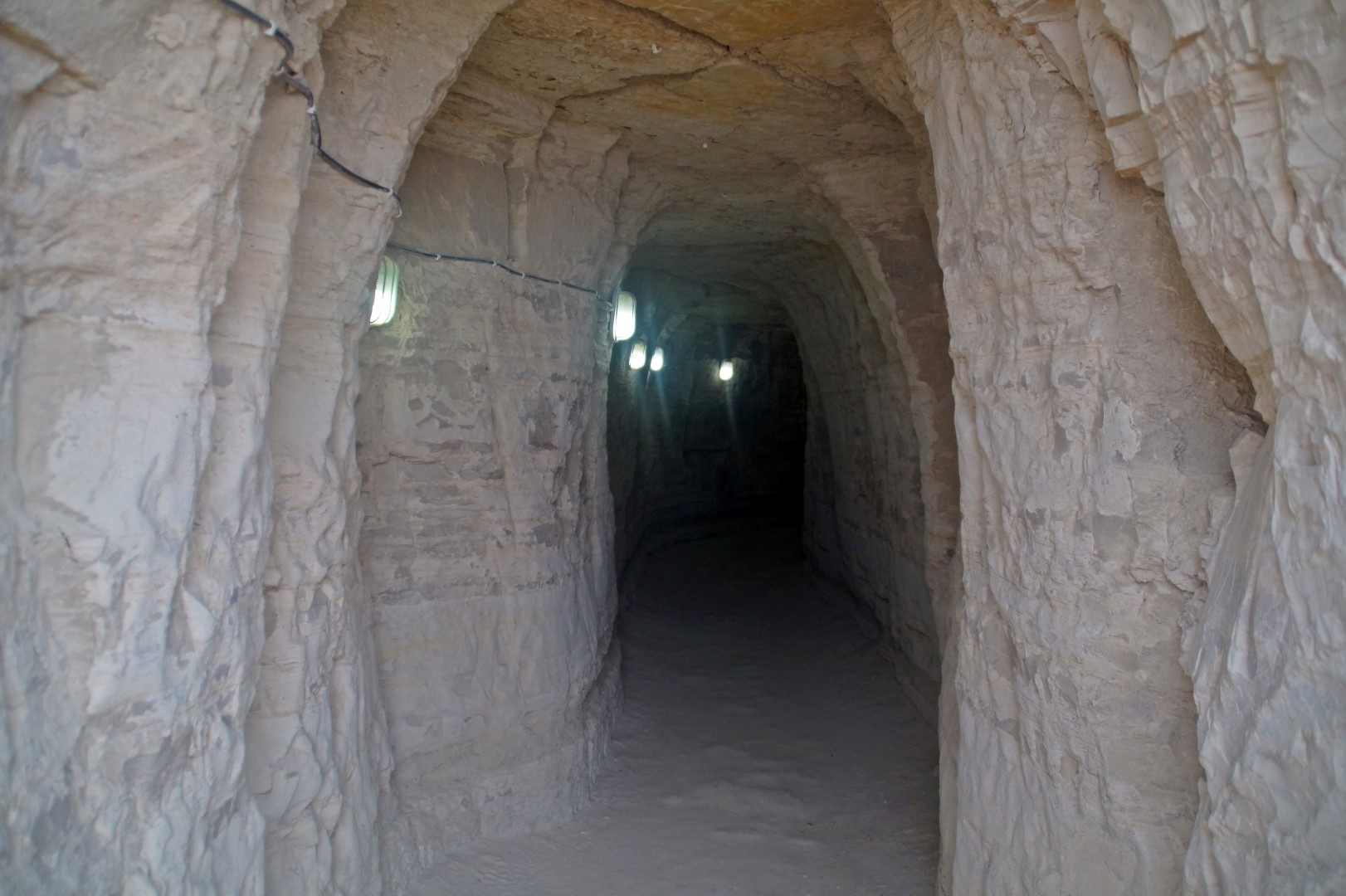
The Valley of Stars
Stars Valley is known locally as the place where a huge star once fell, creating the unusual geological design of the valley, which in reality is a natural consequence of wind erosion and rainstorms, which shaped the valley some two million years ago. This was our second stop.
The valley was gorgeous and reminded me of something I would expect to find in Arizona or Nevada! We met some really nice people from Esfahan there, and they actually invited us to stay with them, if we ever come back to Esfahan. It’s a shame that we had already been there and were running out of days in Iran, otherwise we would definitely have taken them up on the offer!
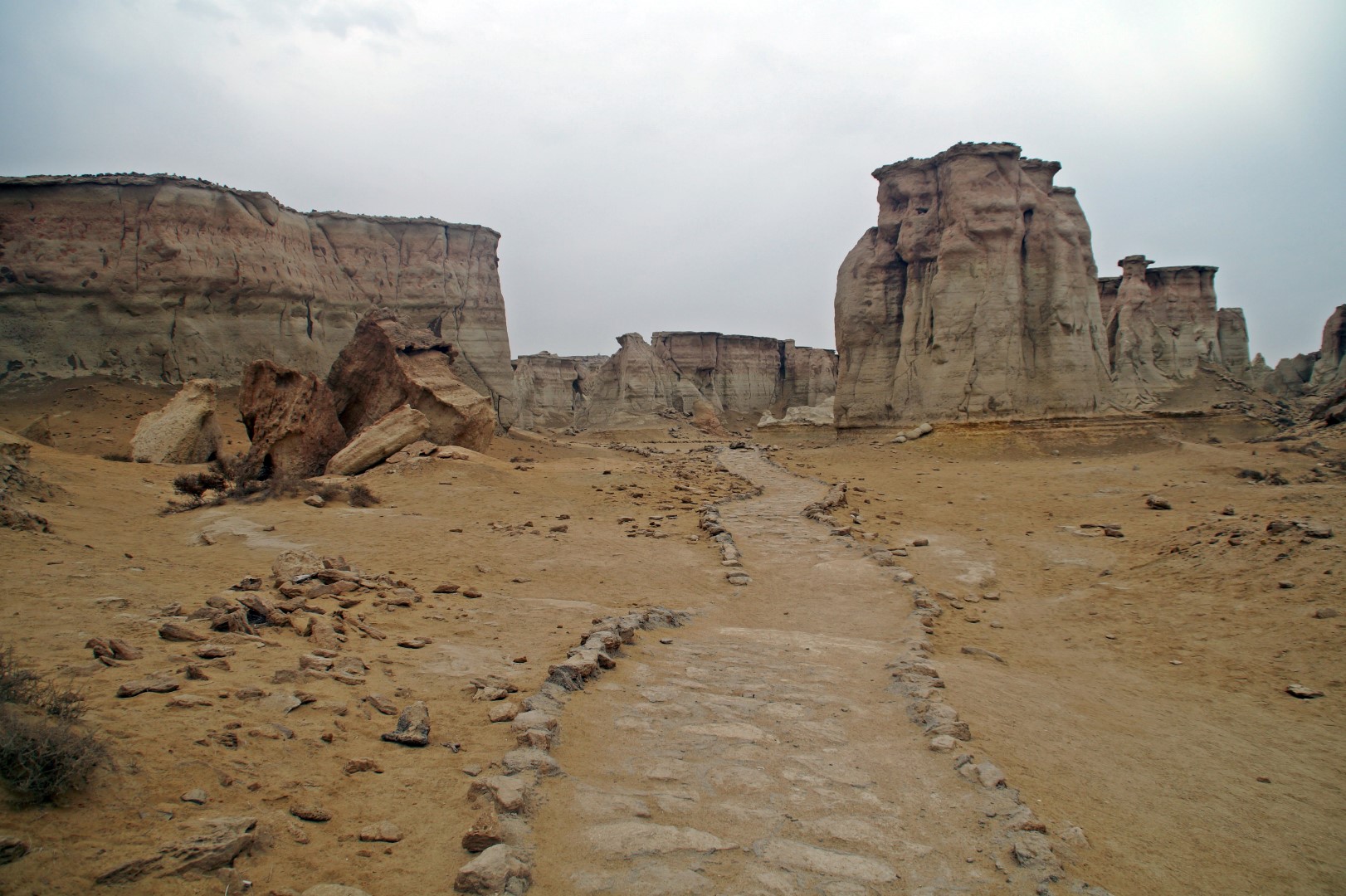
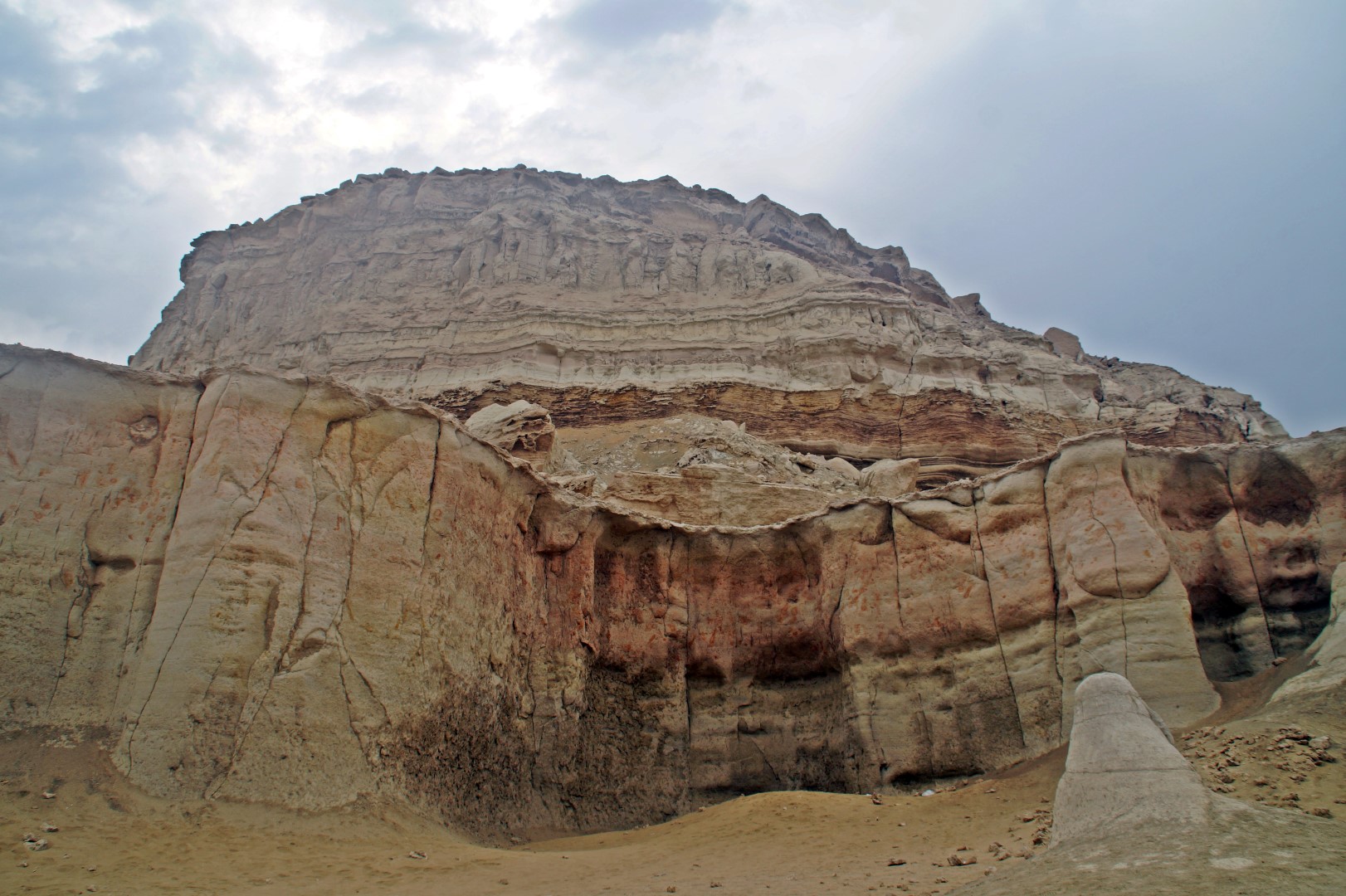
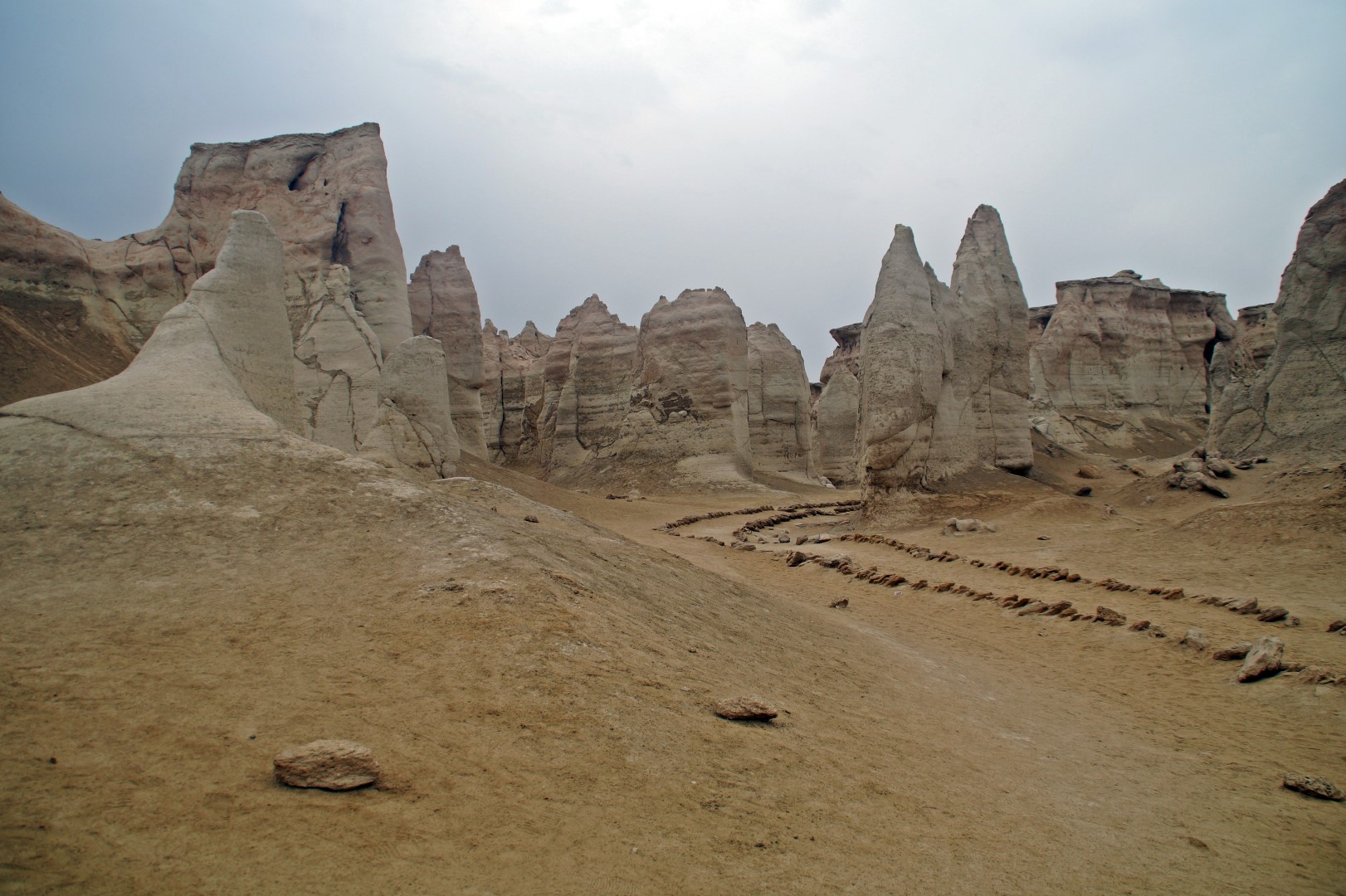
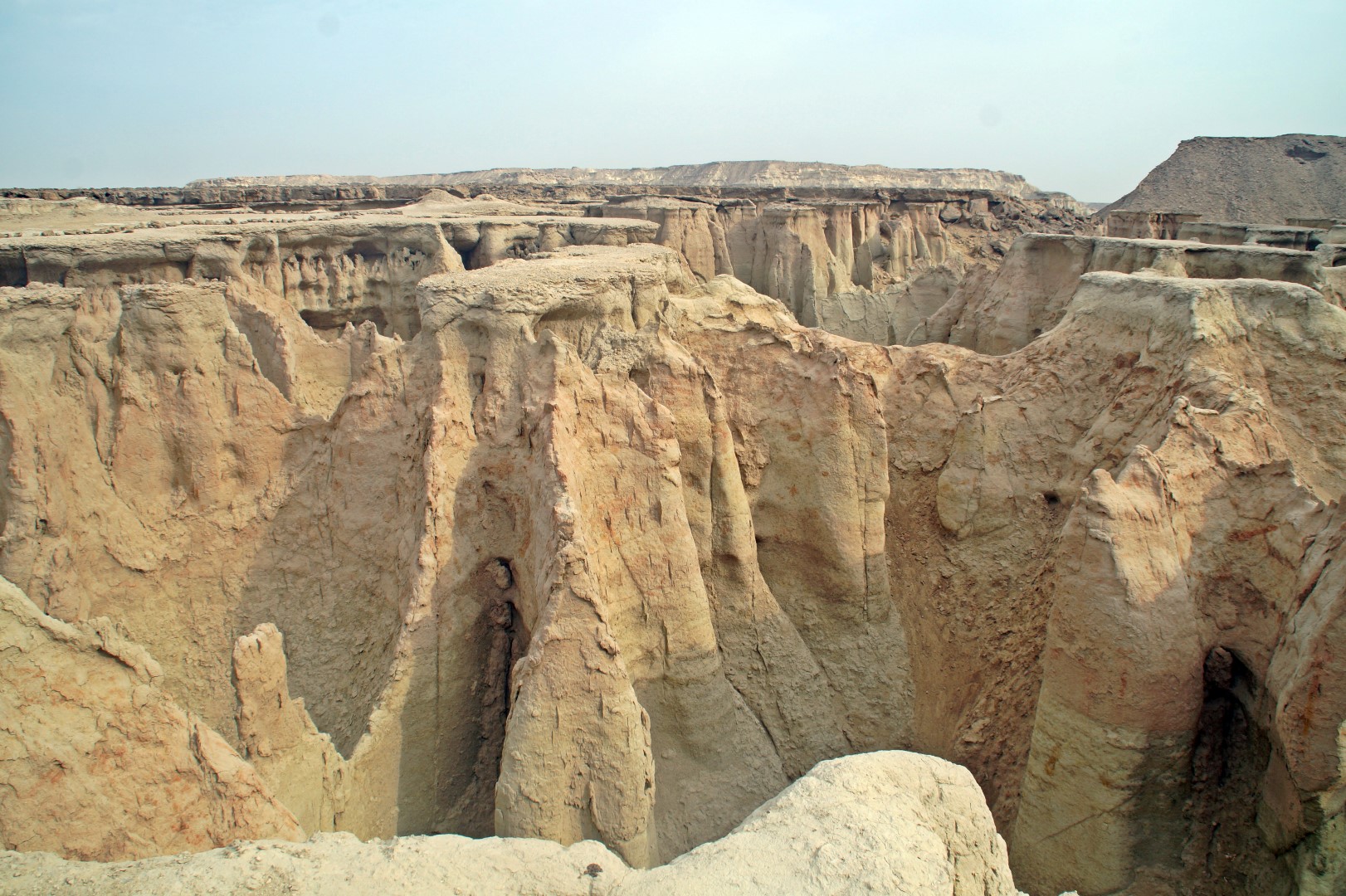

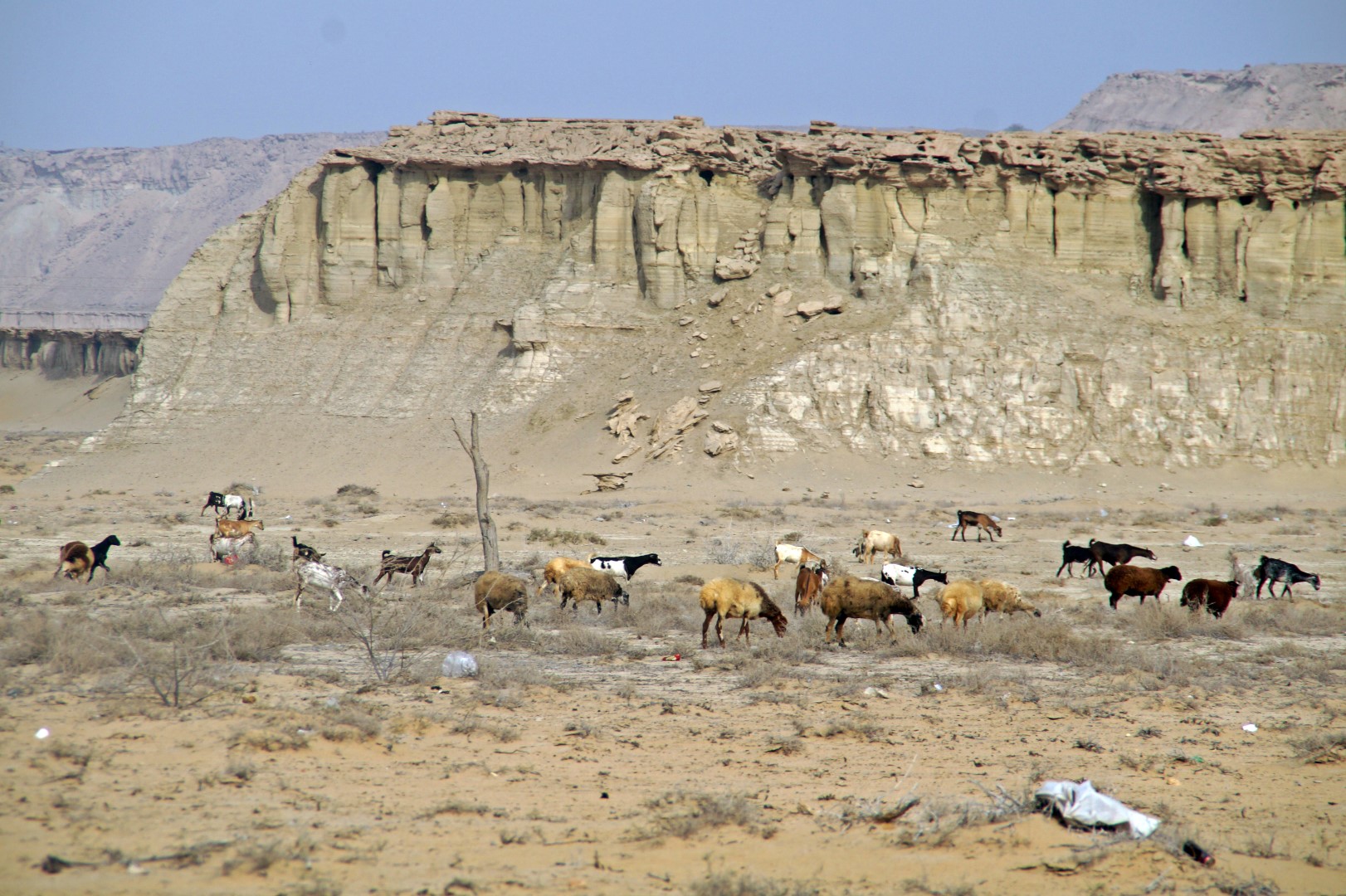
The lookout to the Naaz Islands
On the way to our next destination, we made a quick stop at the beach to see the Naaz Islands, which are two tidal islands that are accessible on foot at low tide. Unfortunately, the tide wasn’t low enough for us to walk out to the islands.
On the beach, I found thousands of tiny colourful shells that I just had to pick up and take with me back to Denmark! I could’ve stayed there for ages picking up shells, but in the end, I had to pull myself away from the colourful beauties, so we could continue our roadtrip!
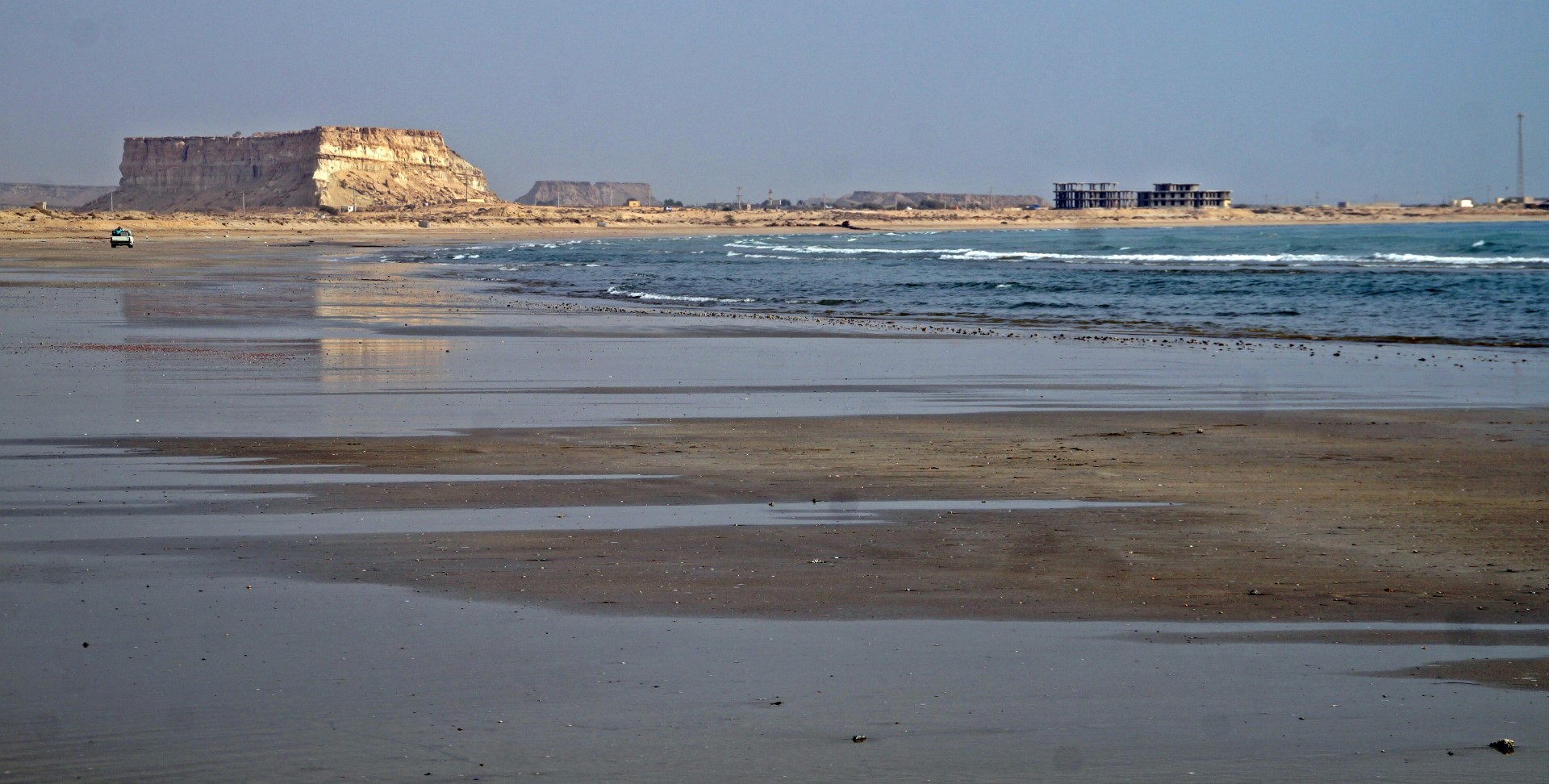
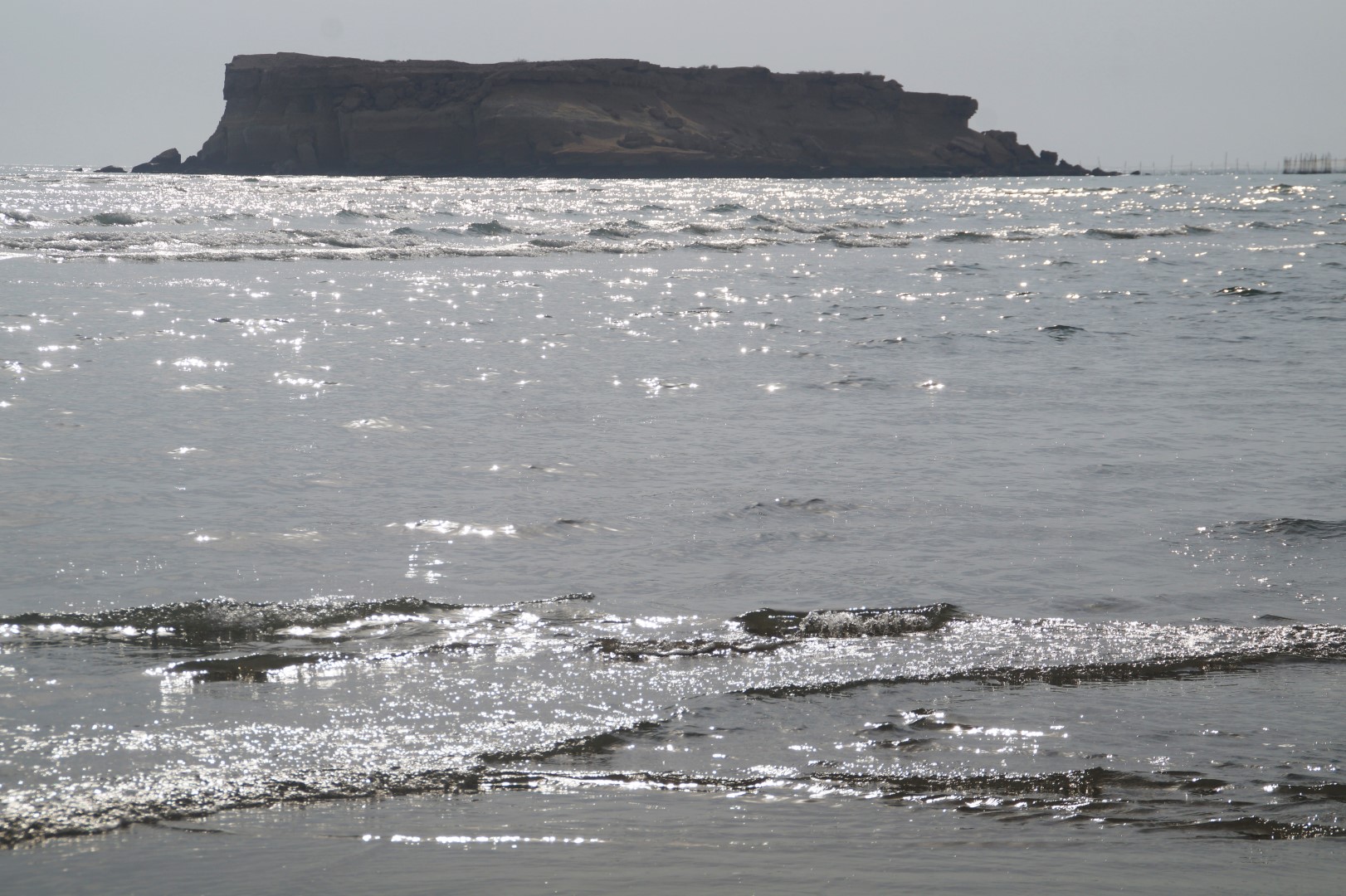
The Valley of Statues
Driving through the inland to the Chahkooh Gorge, which was our next destination, we made a short detour to a valley that our driver referred to as Statues Valley. I couldn’t find any information online about this magnificent place – maybe it’s a local secret? 😉


Chahkooh Gorge
Next up was the Chahkooh Gorge, the highlight of any trip to Qeshm Island. The spectacular rock formations were creating by water running through the valley at different speeds, resulting in the unique twisted formations that can be seen at the location today.
We walked through a bit of the gorge, but getting to the very end would’ve meant risking our lives, which I’m not one for doing. The few hundred metres that we saw of the gorge was more than enough! We also climbed on top, which we probably shouldn’t have done. It was very slippery and could’ve been dangerous, had we not been careful and aware of where we were stepping. The view from the top was okay, but not worth the risk. I suggest spending more time in the actual gorge rather than climbing to the top of it.
At the entrance to the gorge we met a friendly local man, who apparently comes there every day to help people access the water in the spring below the gorge. The water was clean and refreshing on a hot day, where the temperatures rose to 25 degrees (and I had to wear a hijab!).
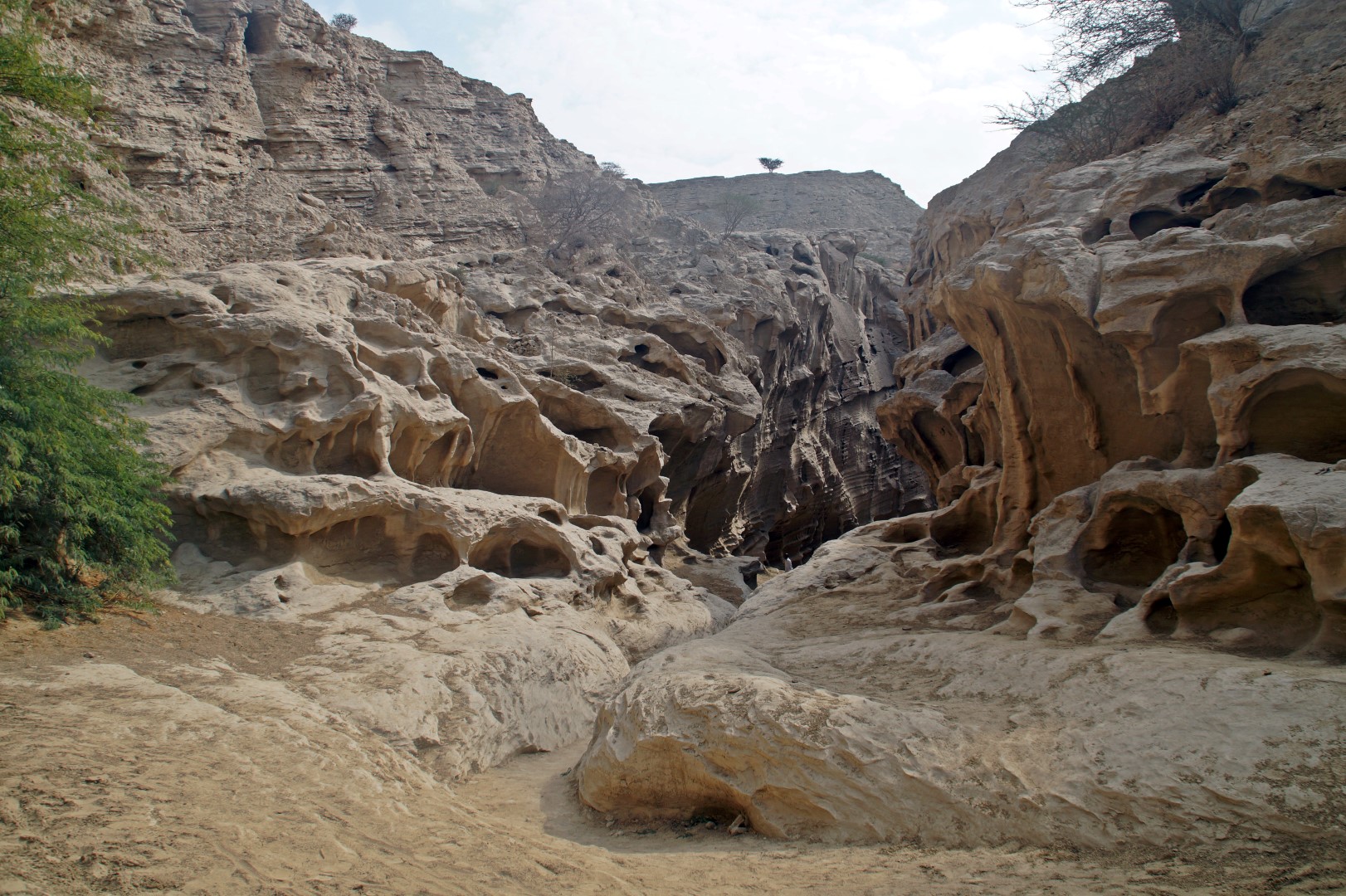
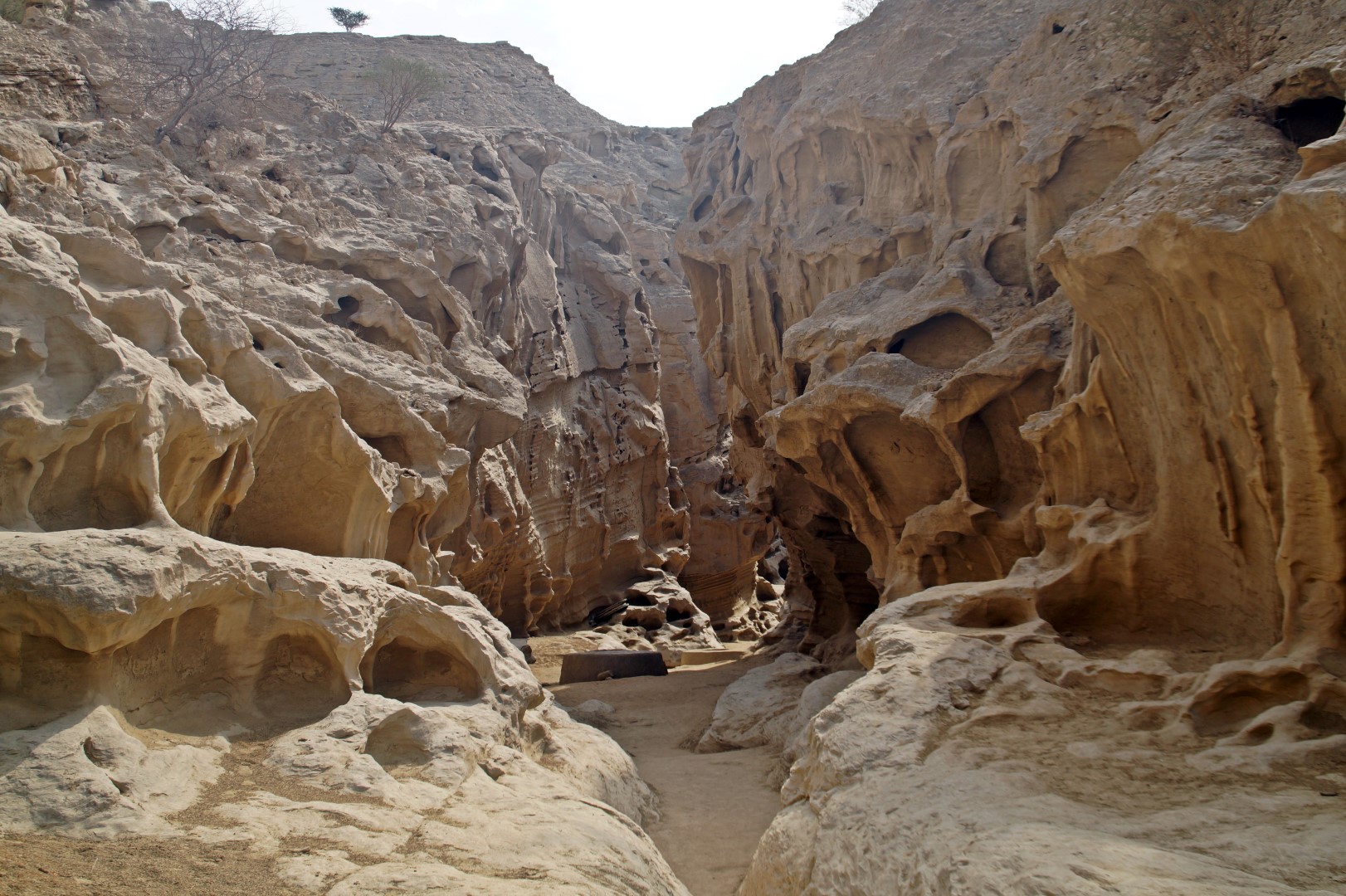
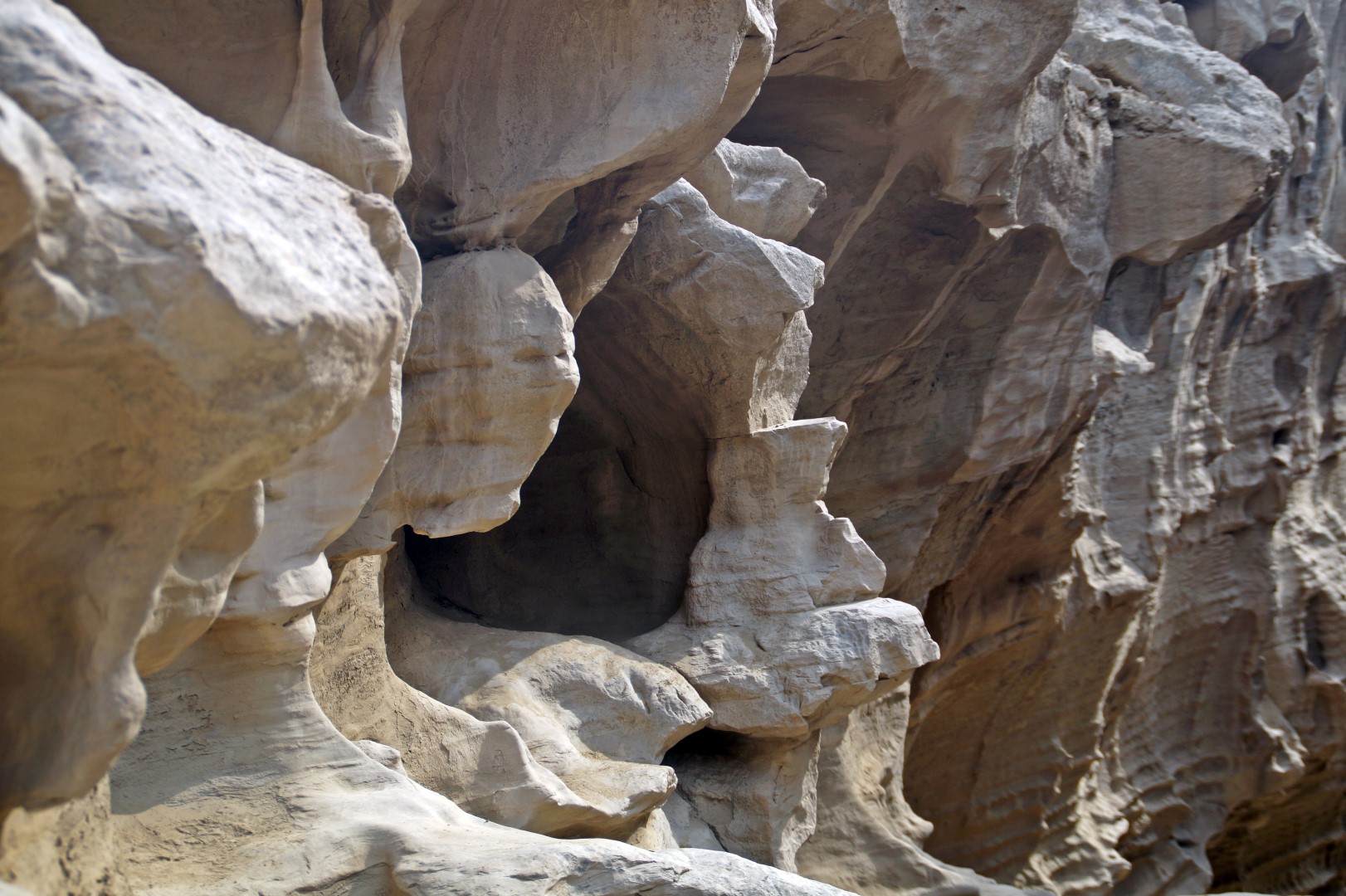
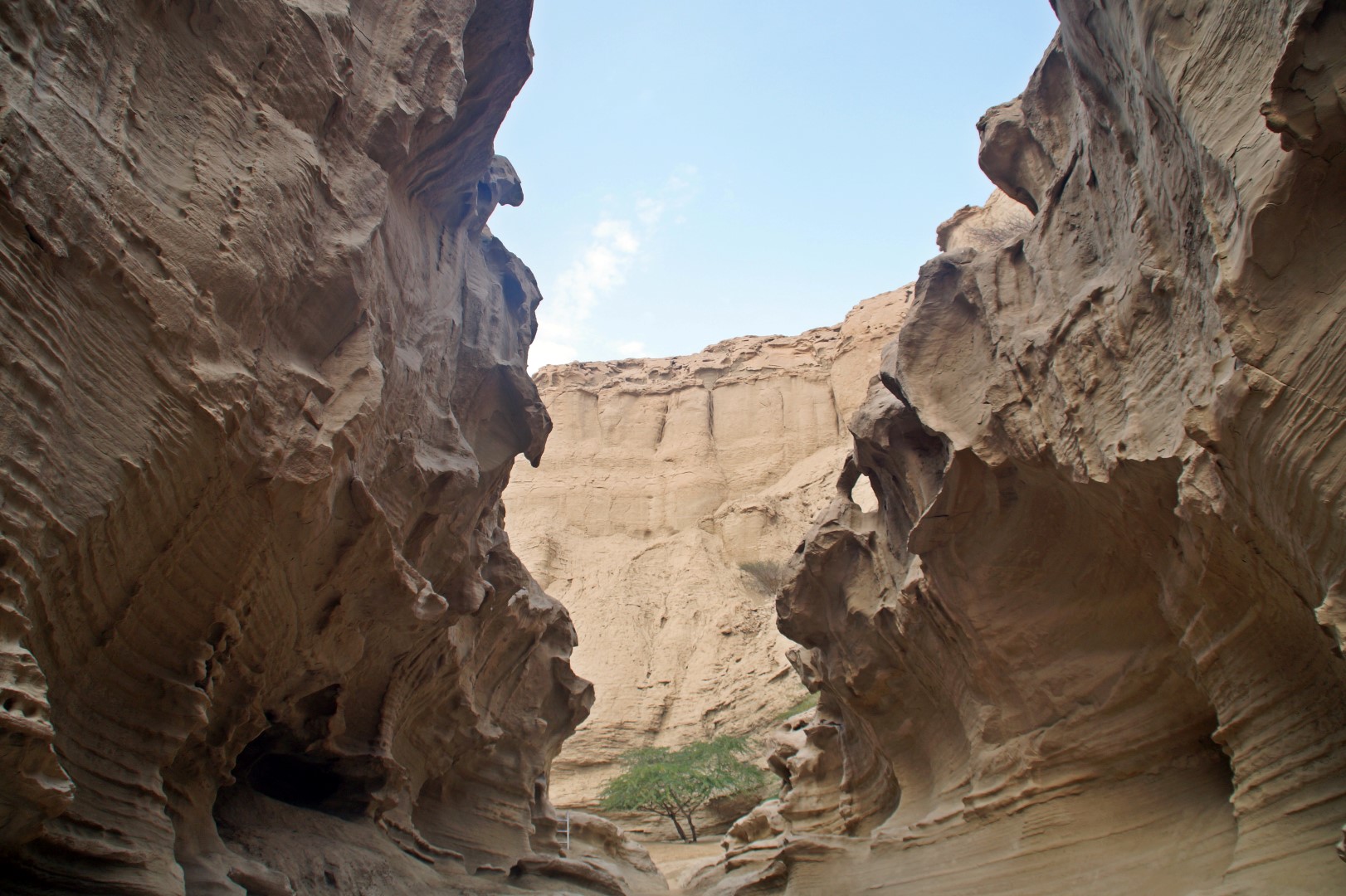
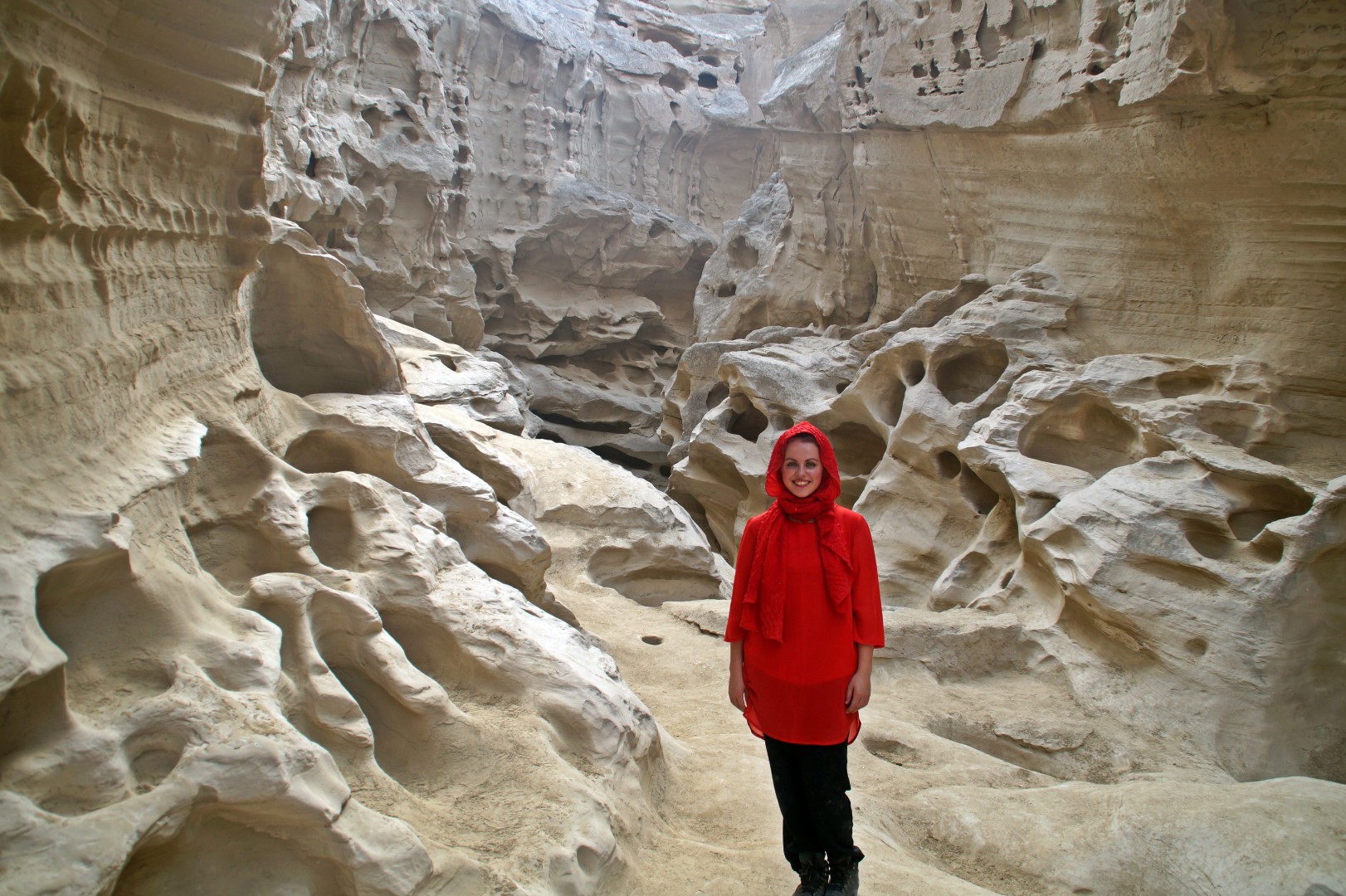
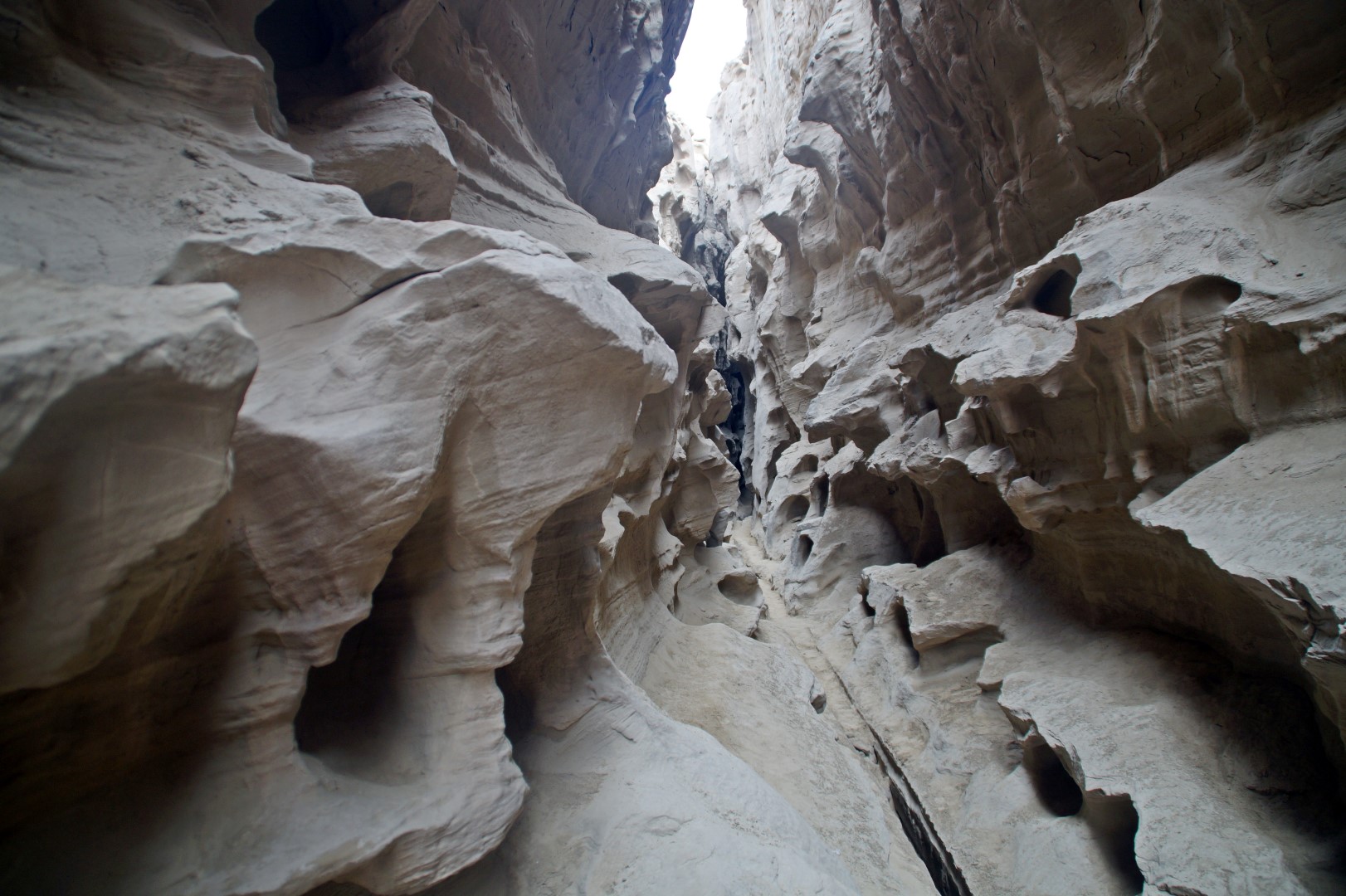

The Namakdan Salt Caves
The next up was the Namakdan Salt Caves, which was by far my favourite site of the day! There are three salt caves and one of them is one kilometer long, so we had to wear head torches to see our way through the cave! I picked up so much salt to take with me back to Denmark, you wouldn’t believe! Caves like these ones fascinate me and I always have to have a souvenir (or 10)!
Visiting the salt caves of Namakdan was a truly unique experience and it’s a definite must-see on Qeshm Island! To me, it was even more spectacular than the Chahkooh Gorge!
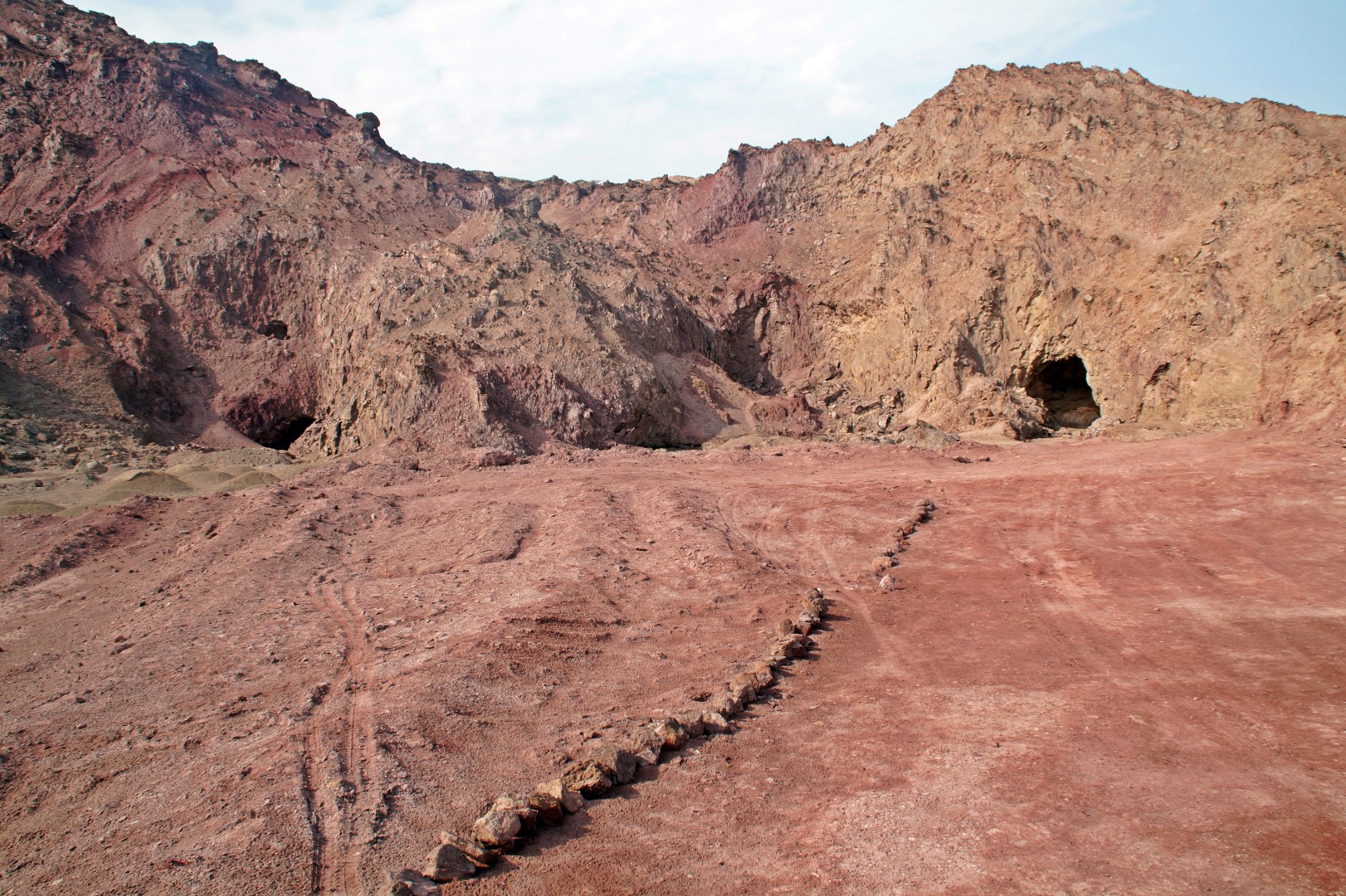
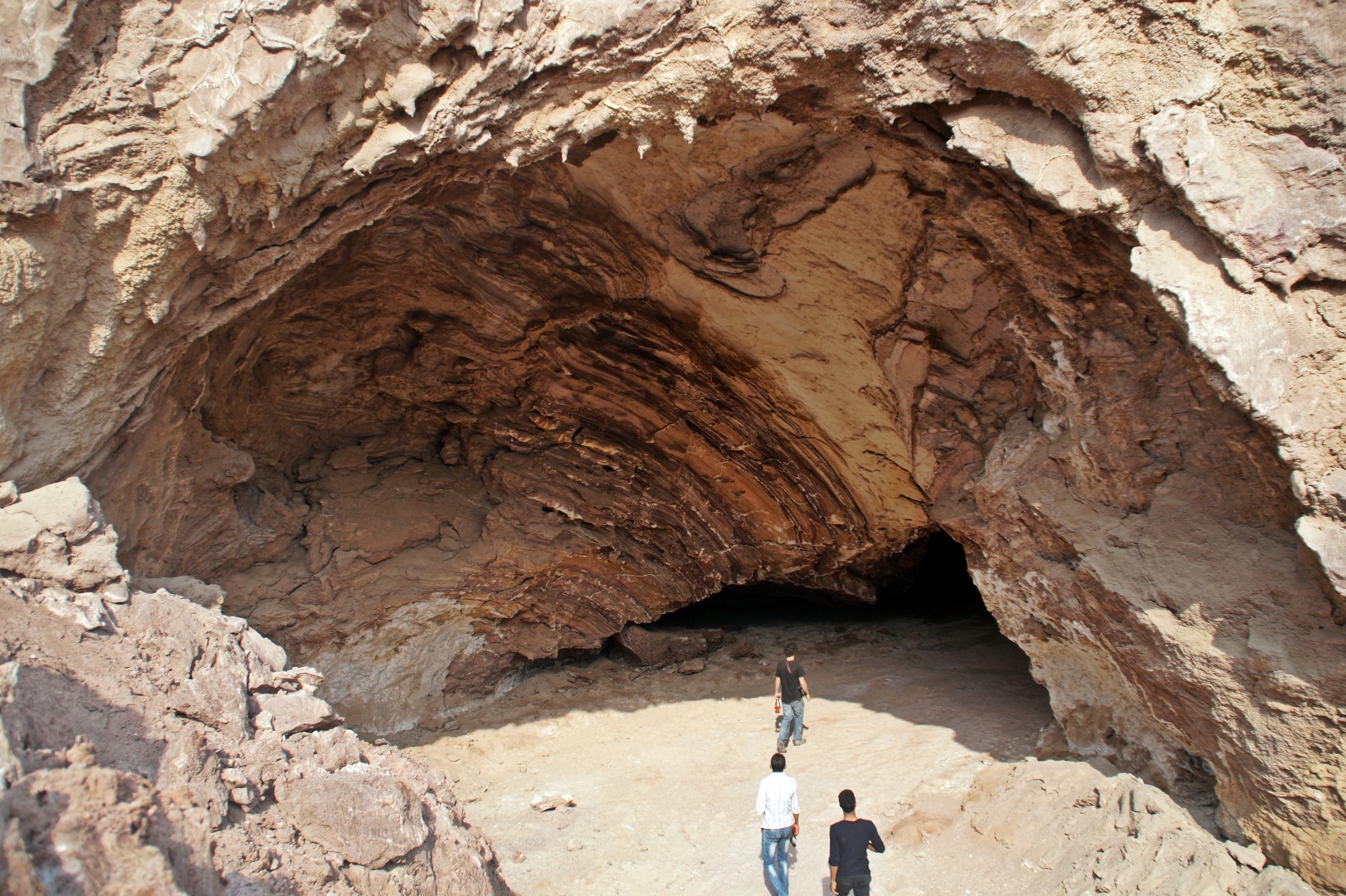
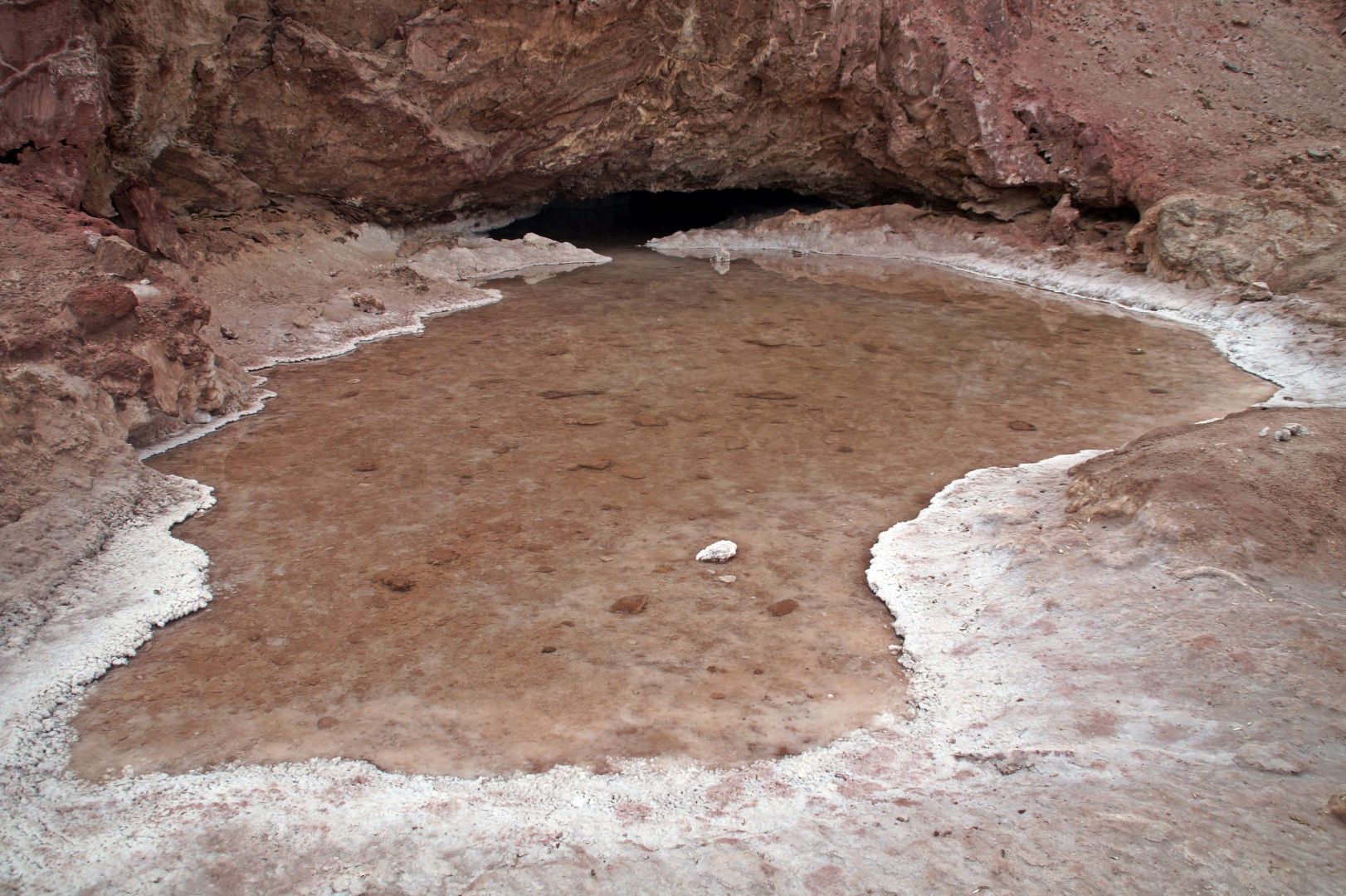
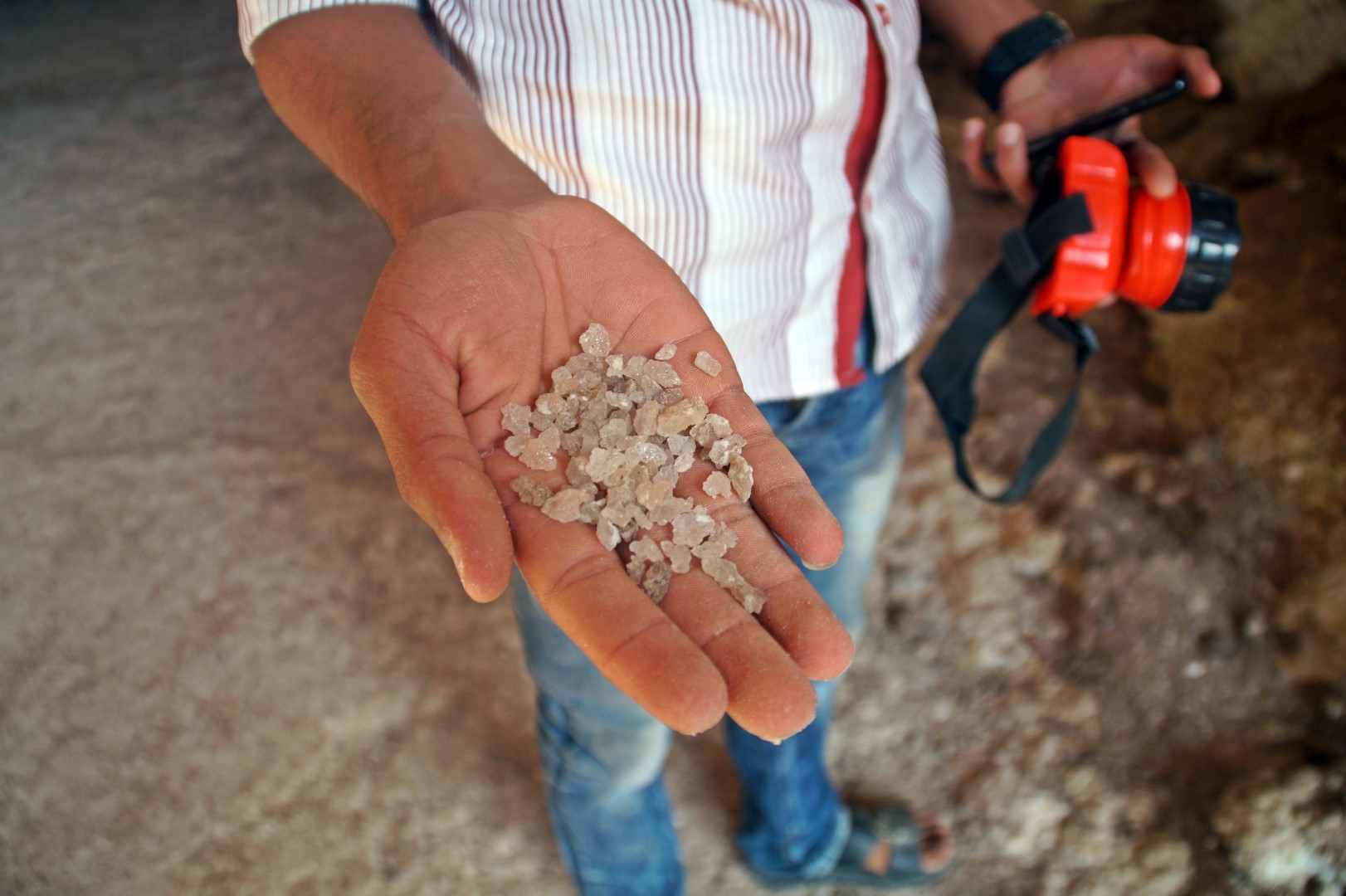

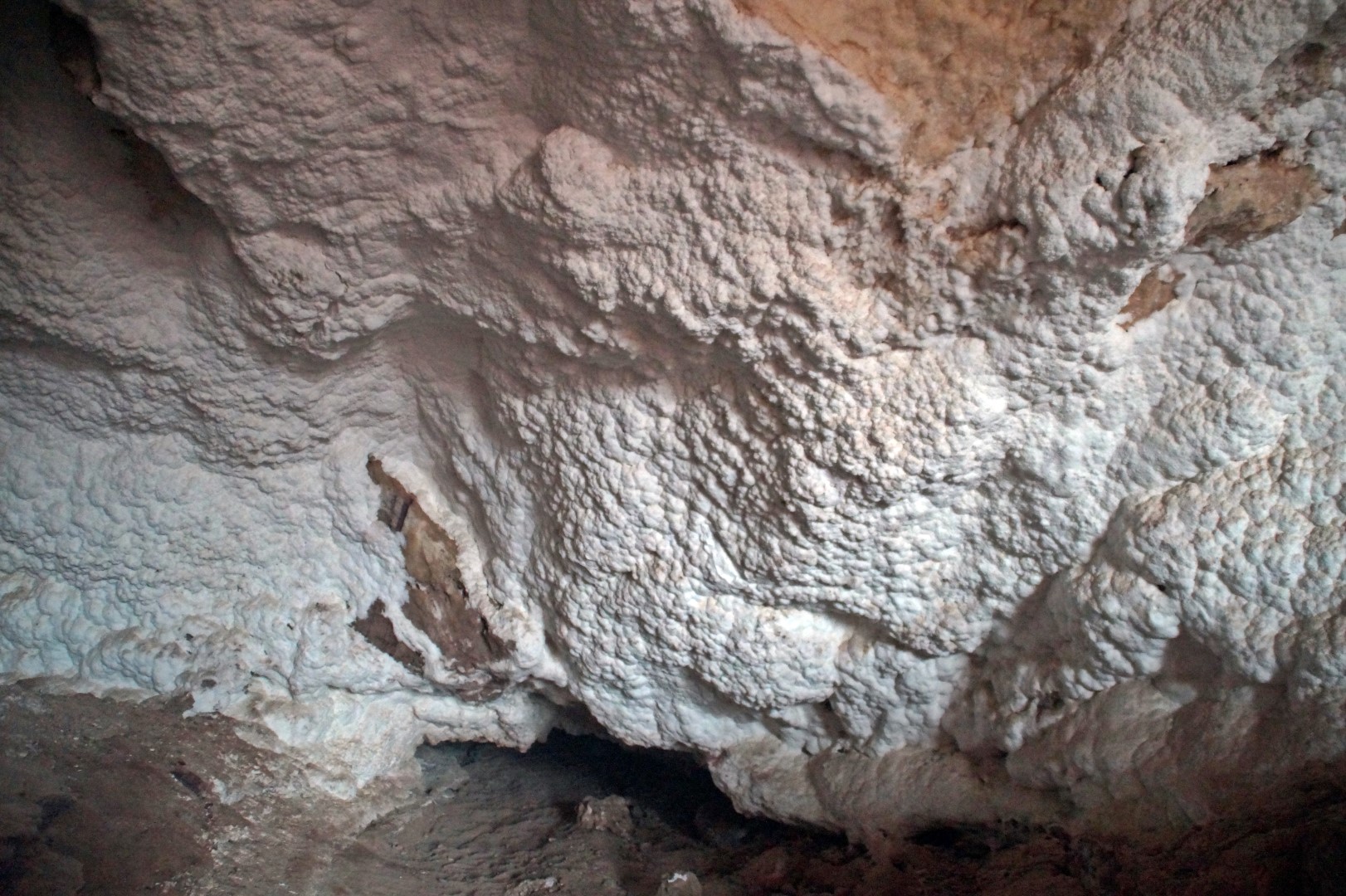
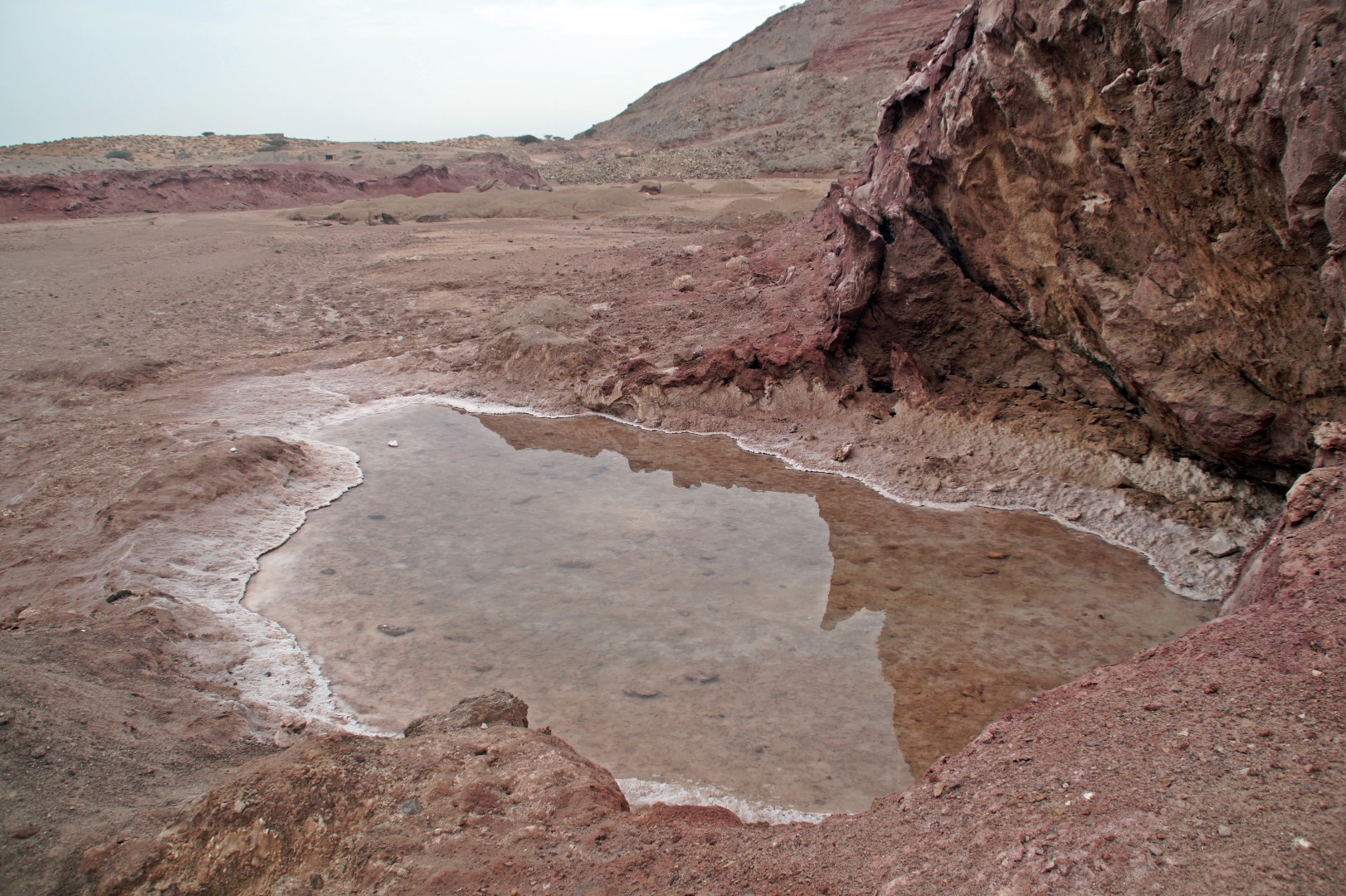
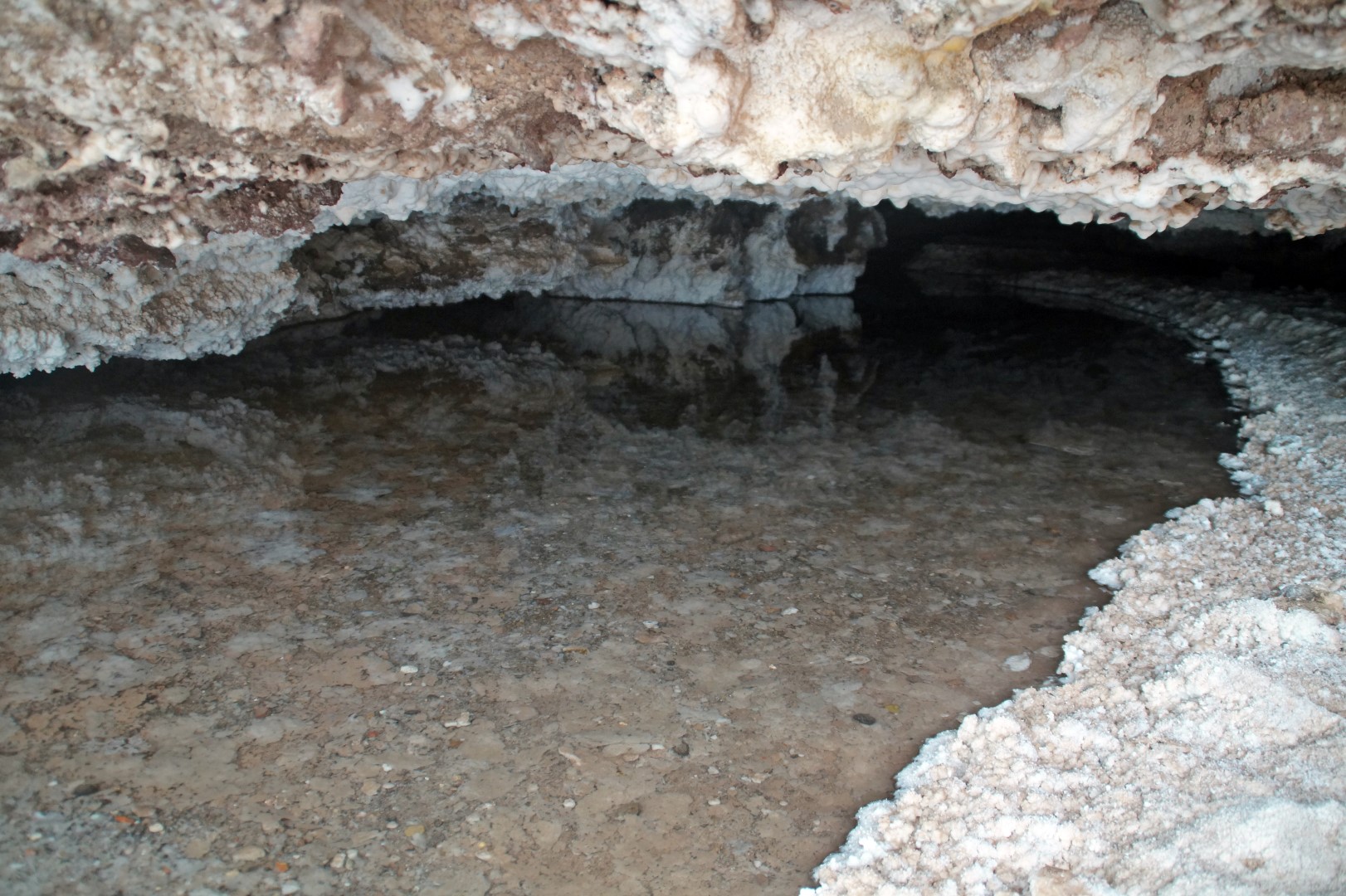
The region’s largest Mangrove Forest
The last stop for the day was the Harra Sea Forest, which is the largest mangrove forest in the Persian Gulf. In the spring, the forest is home to more than 150 species of migrating birds as well as dolphins and turtles.
We decided to go on a boat trip through the mangrove forest and it was a great decision. We went on a boat with a lovely family of four from Mashhad, who had two small girls. As we sailed through the islands of the mangrove forest, we saw hundreds of exotic birds. We stopped for a while on a small mud island, where we collected shells and enjoyed the stillness of the place. It was a wonderful end to an exciting day in the Persian Gulf.
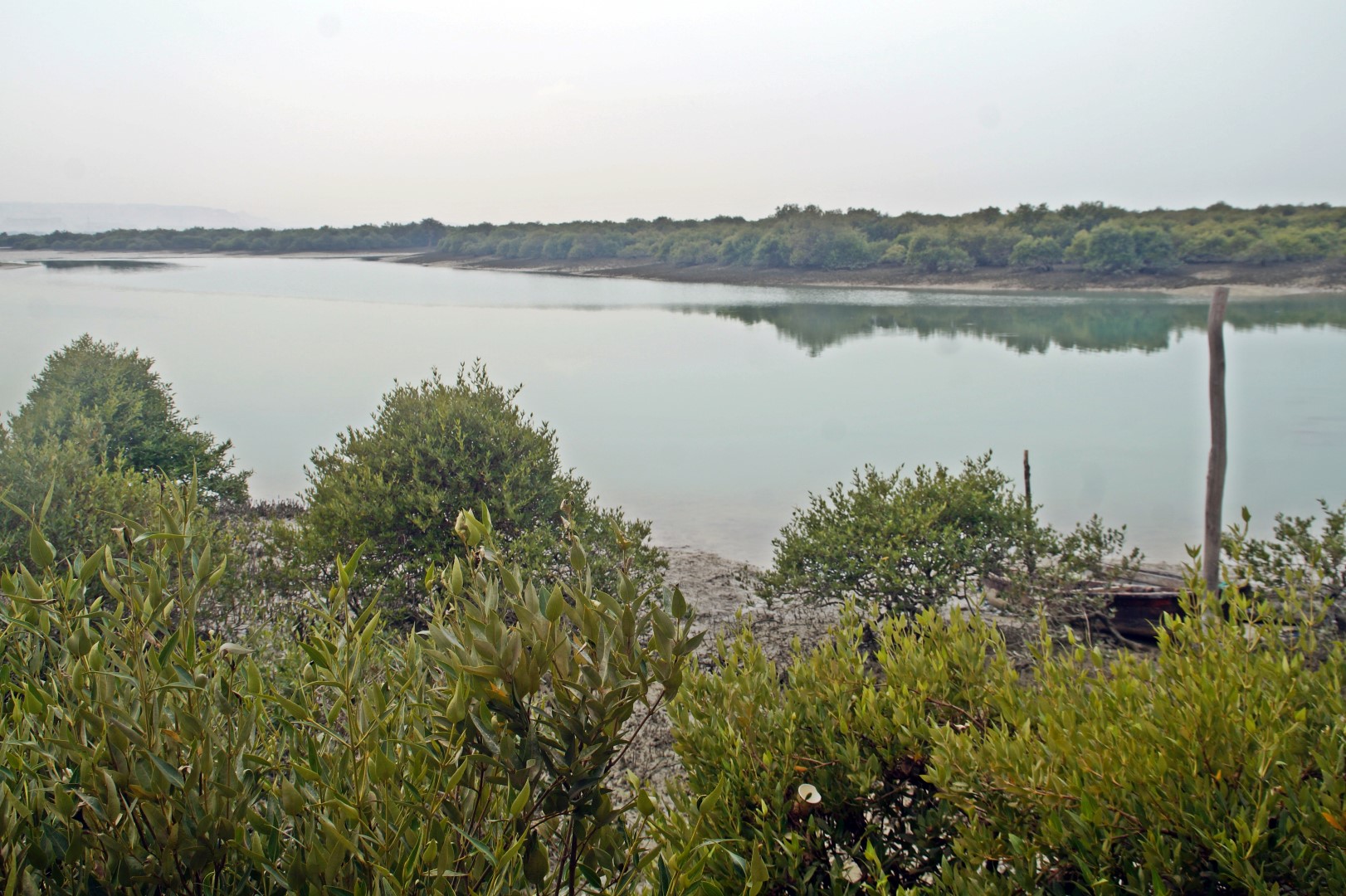
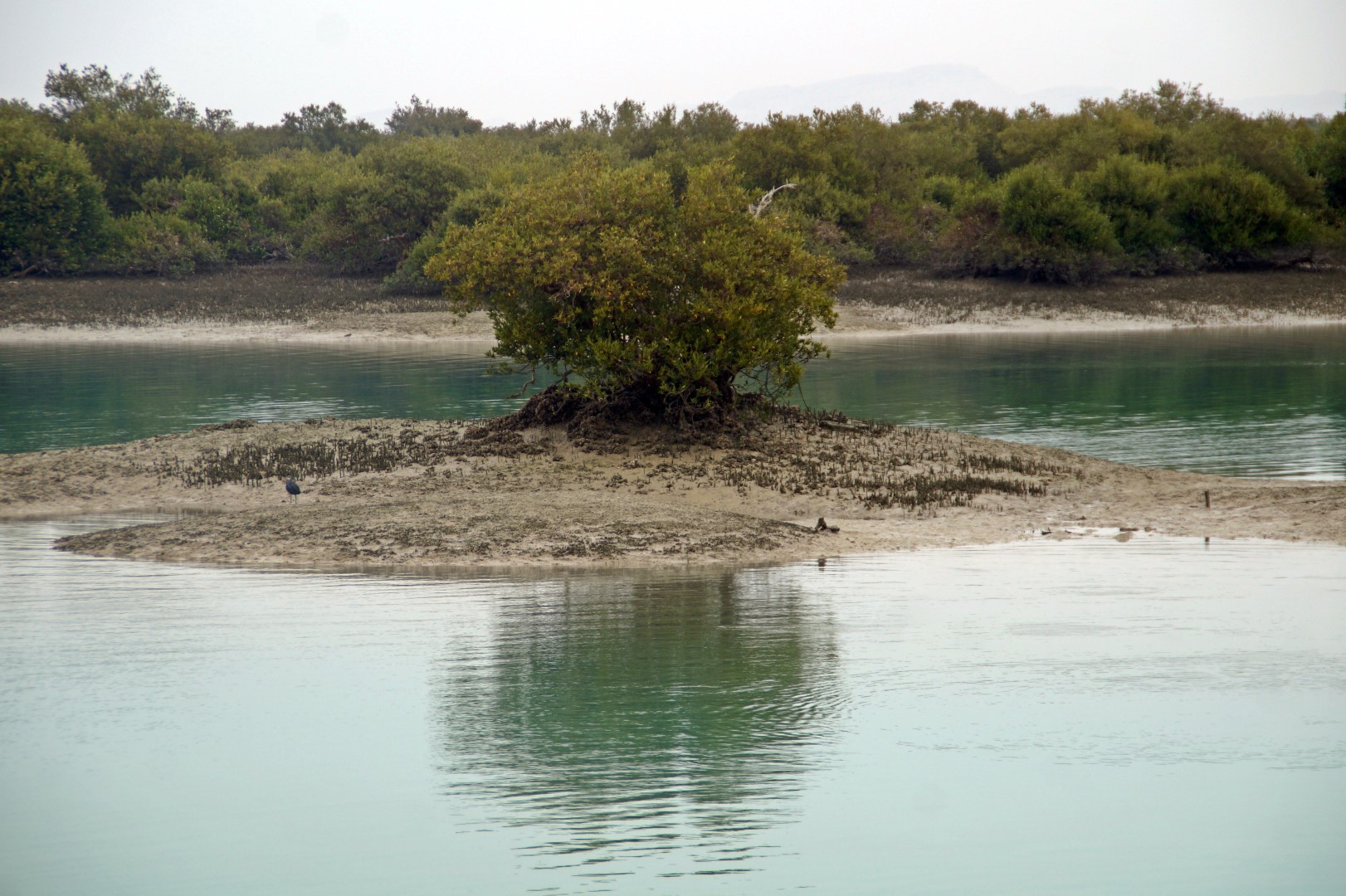
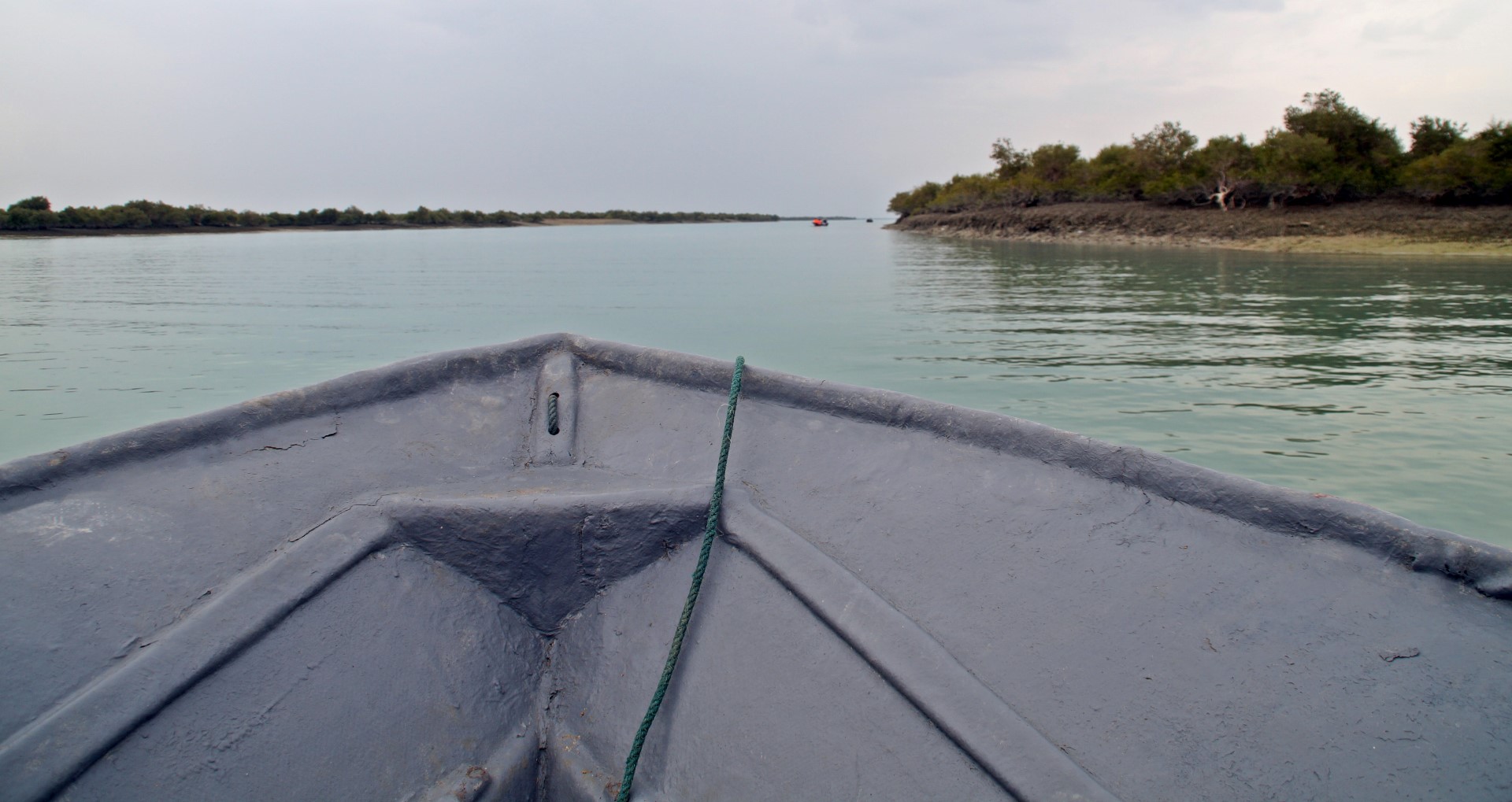
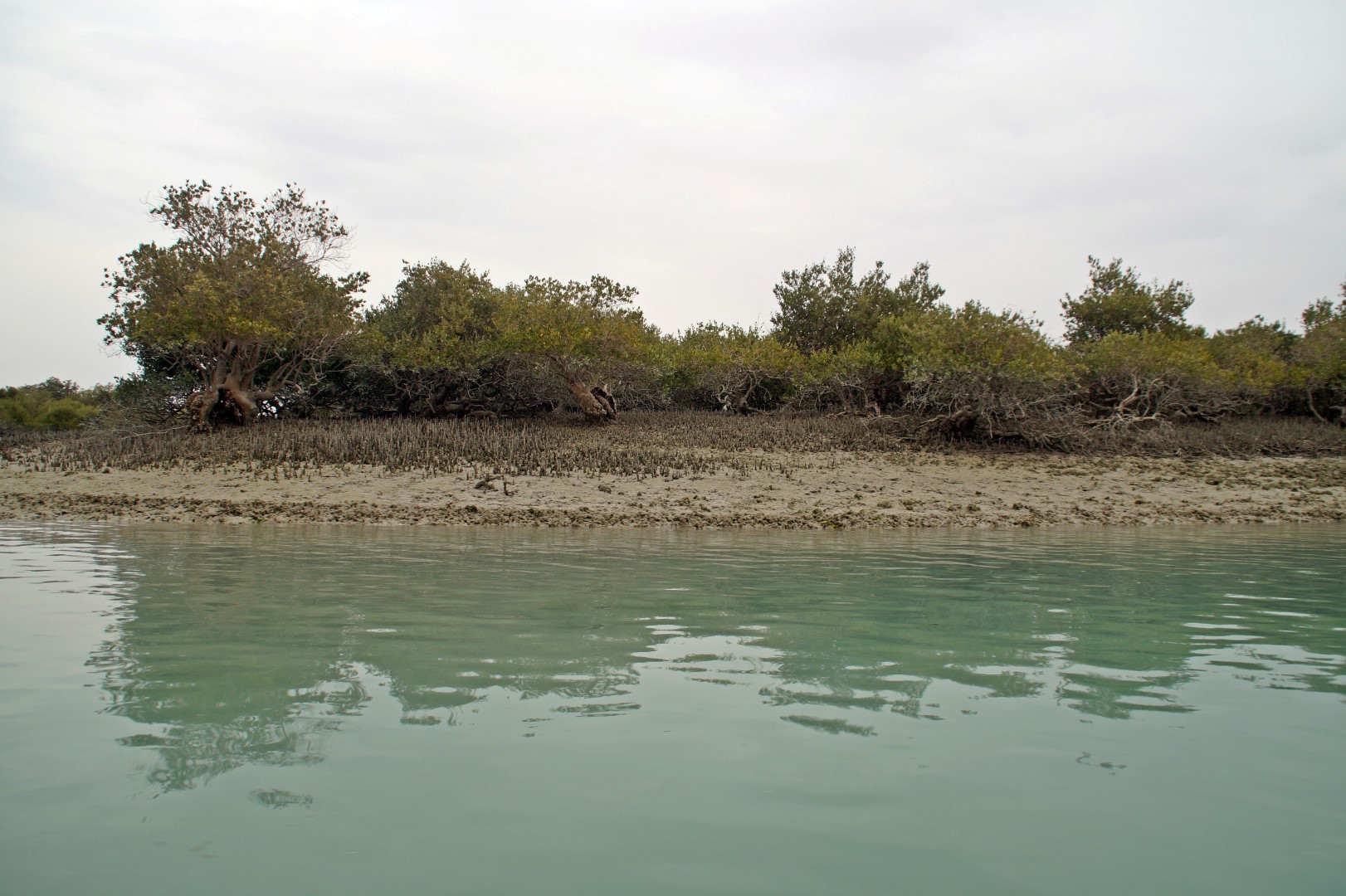
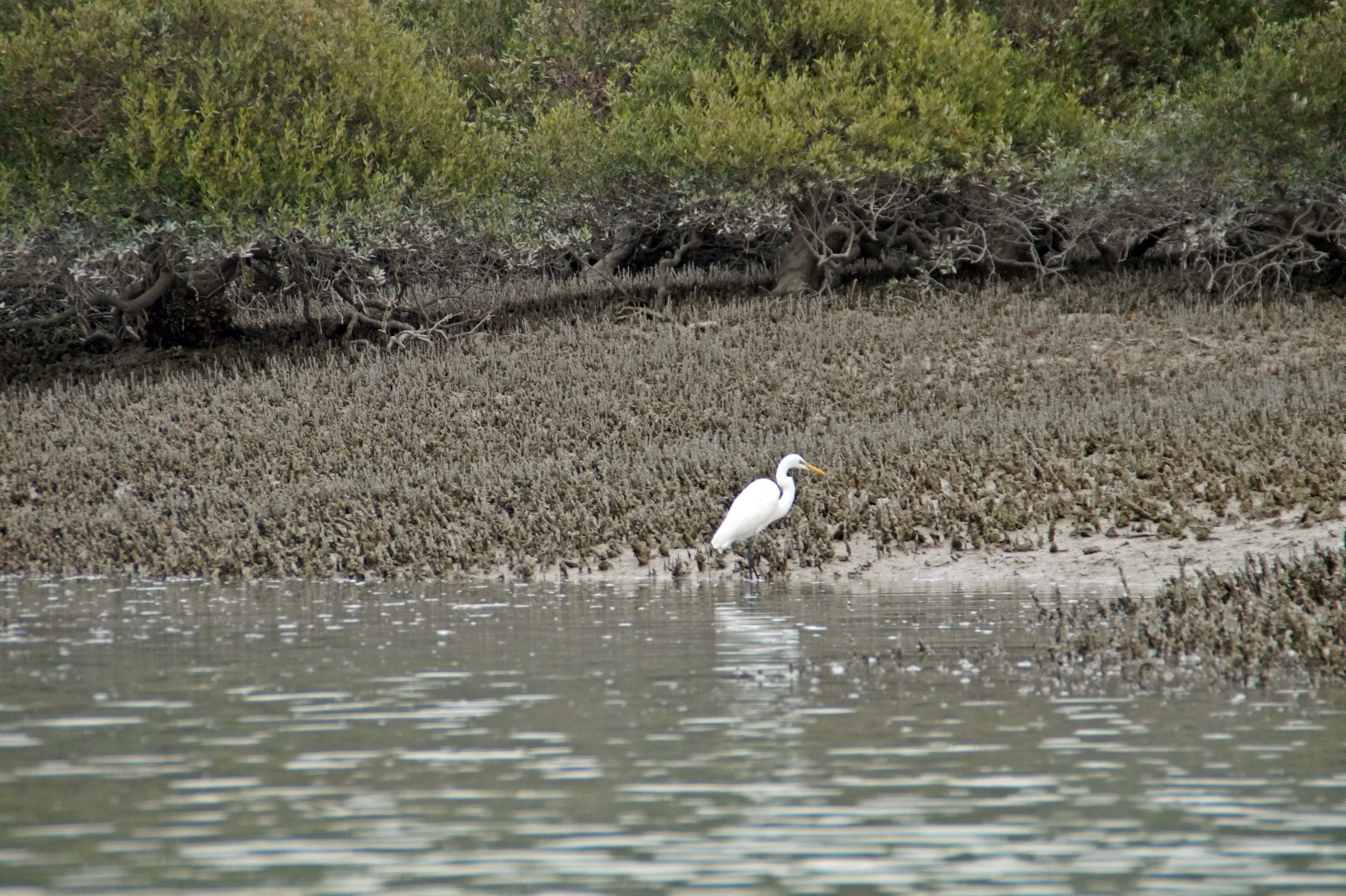
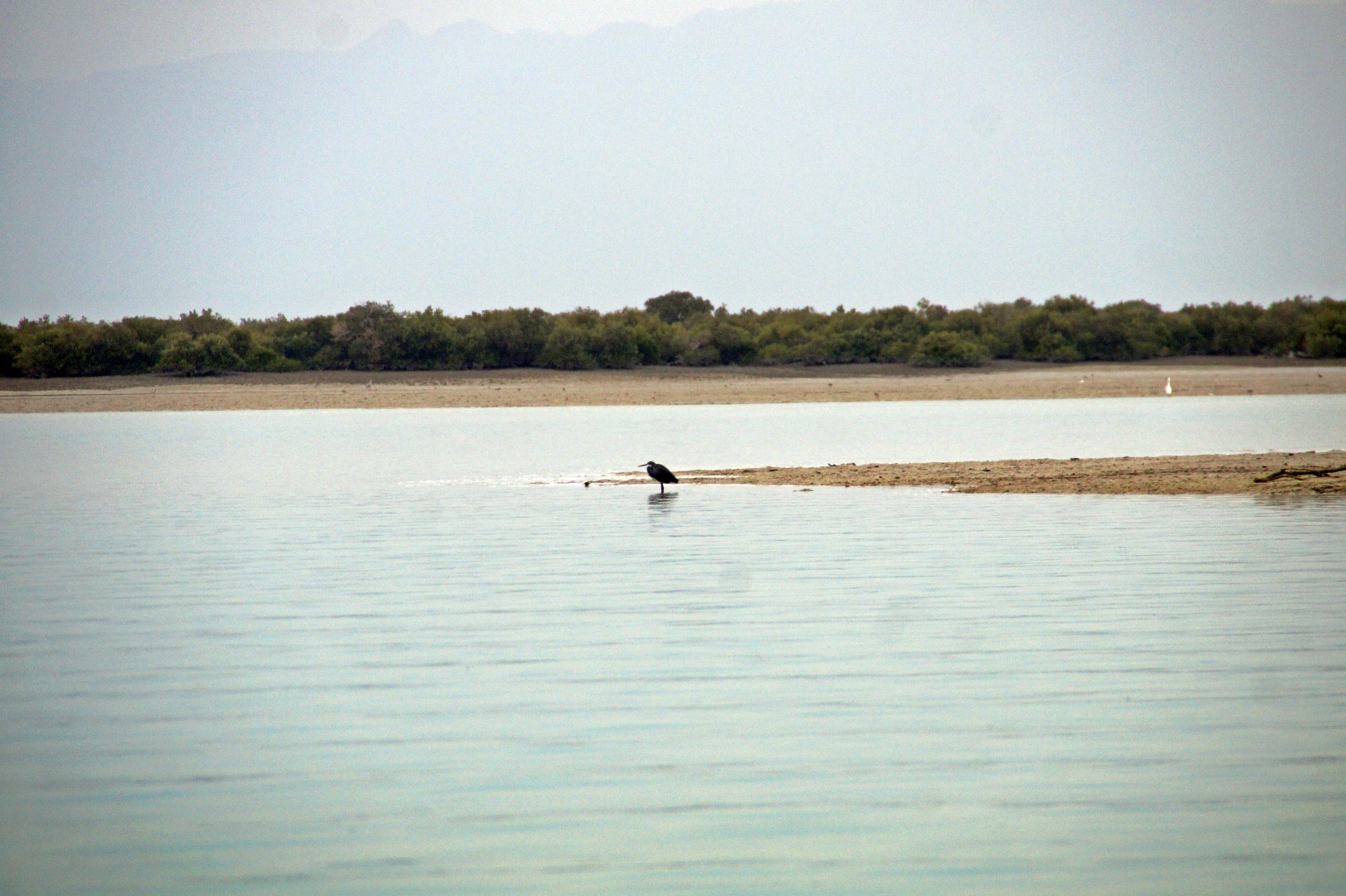
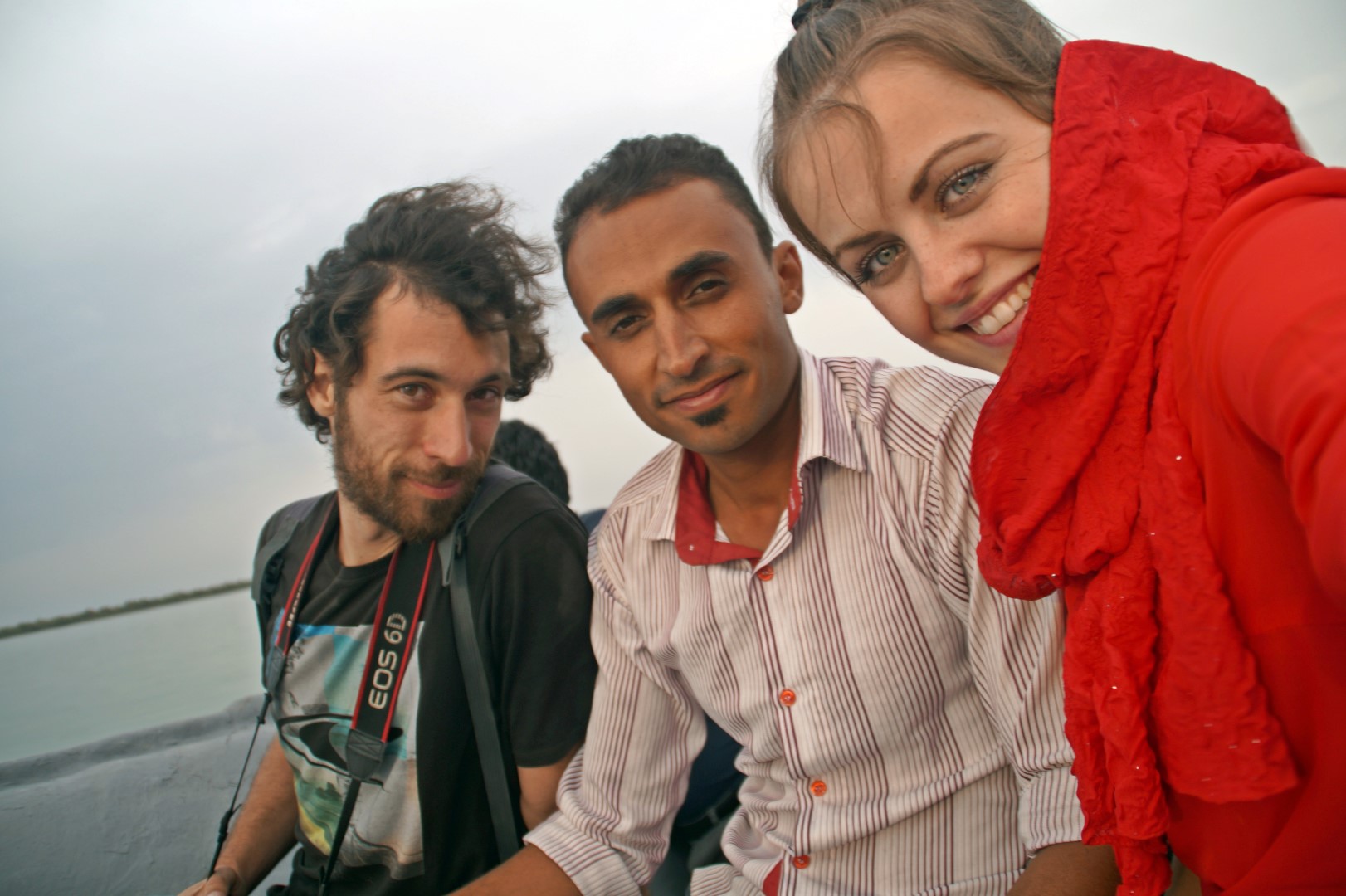
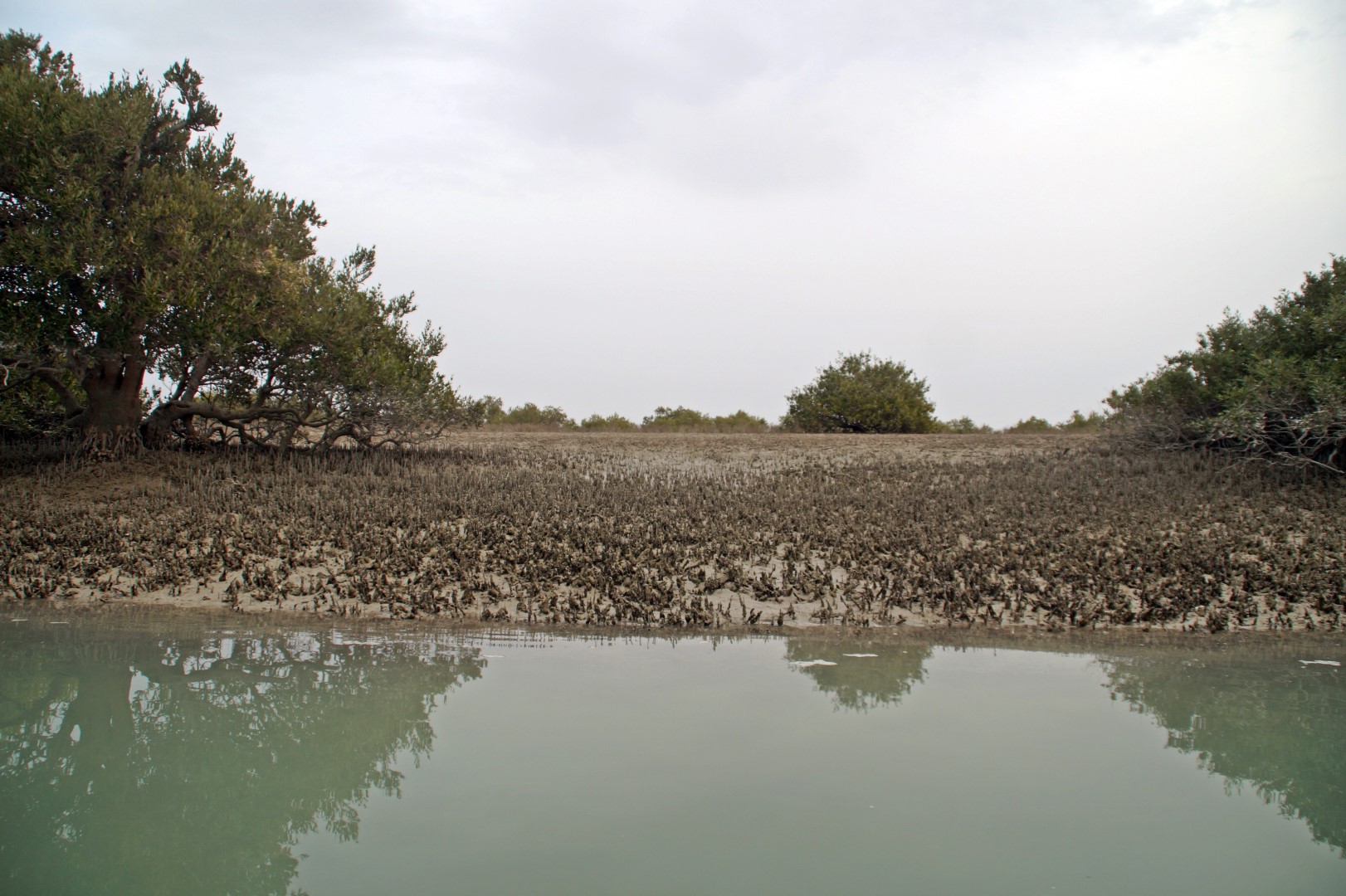
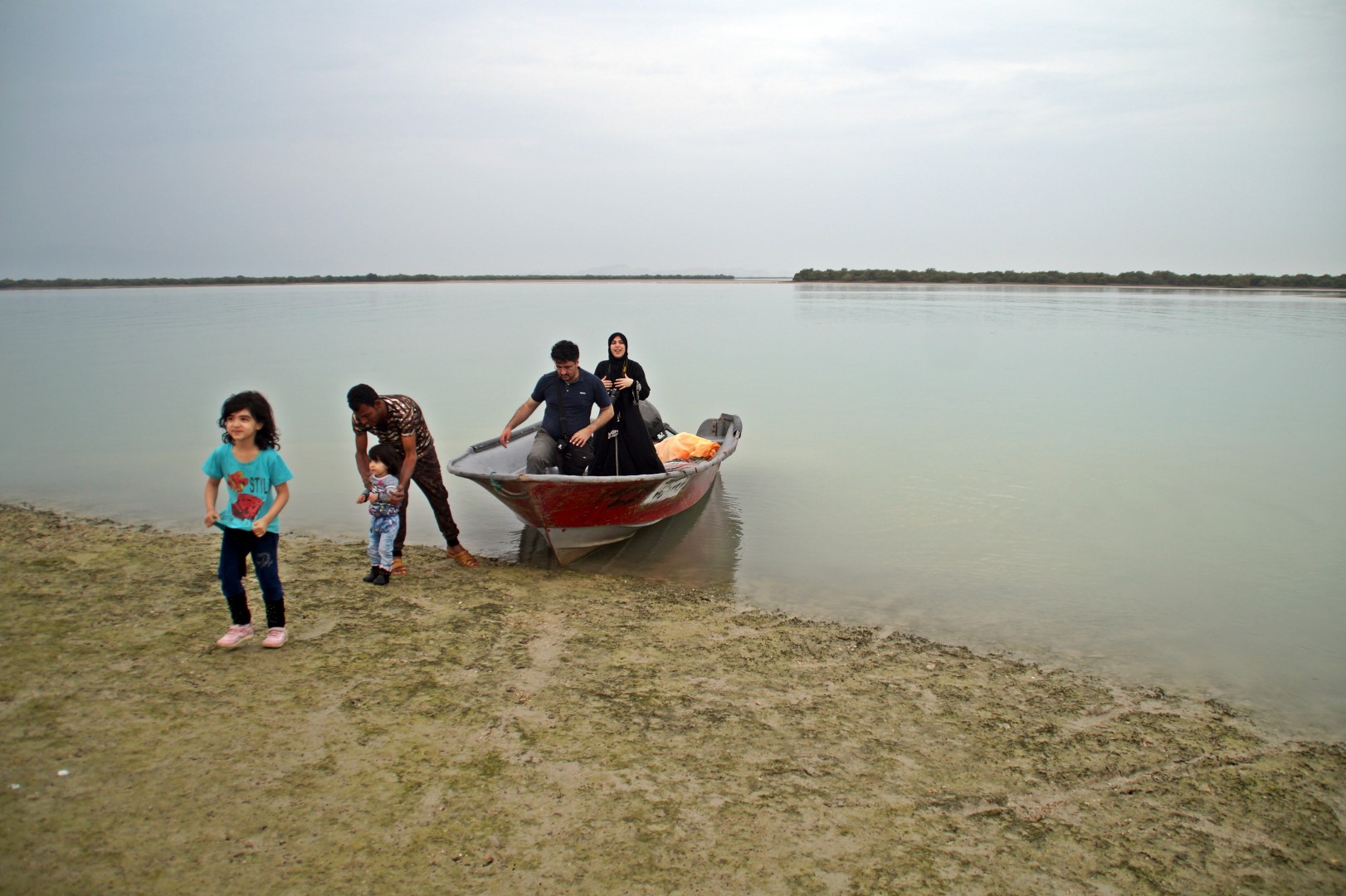
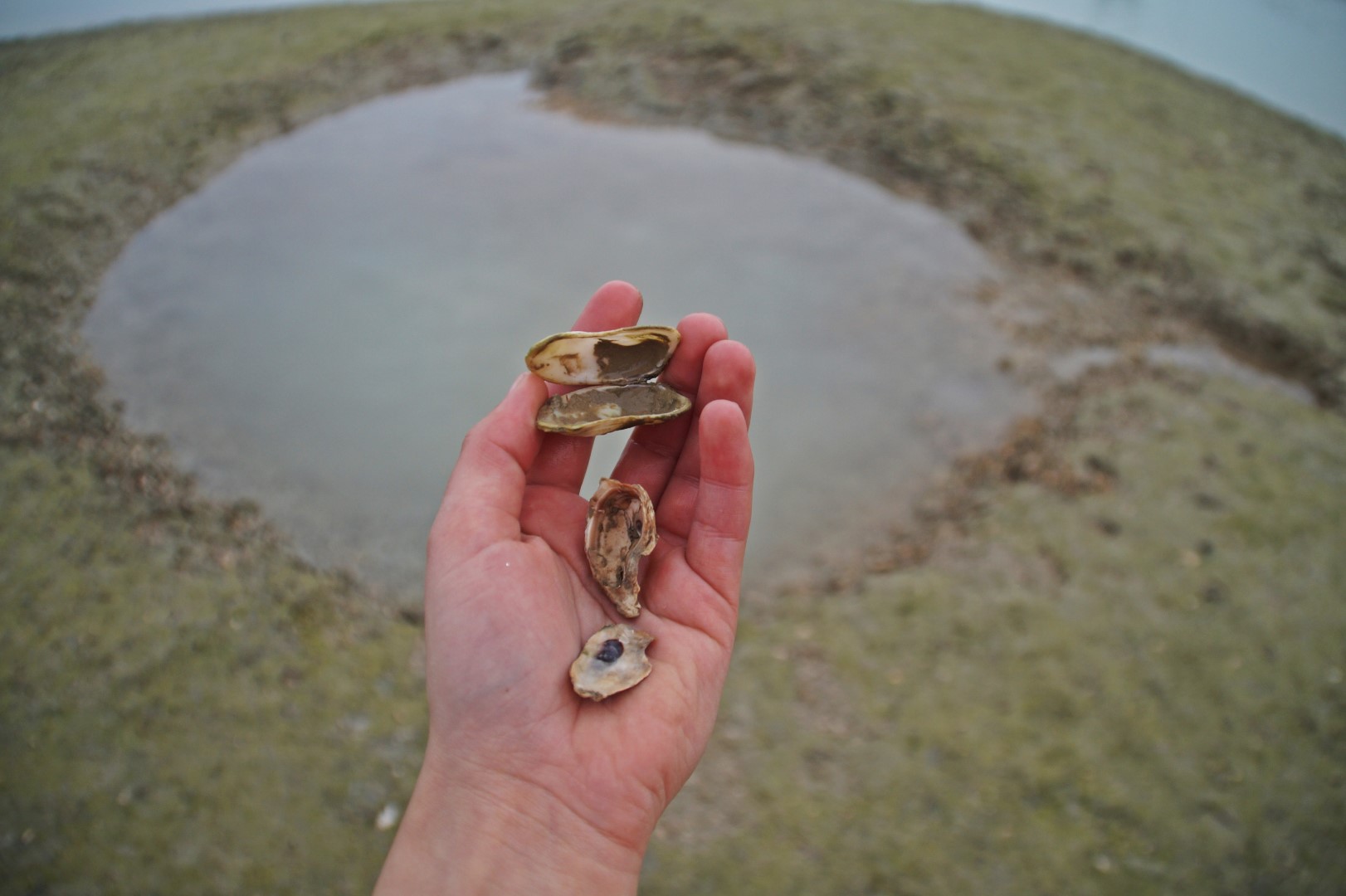
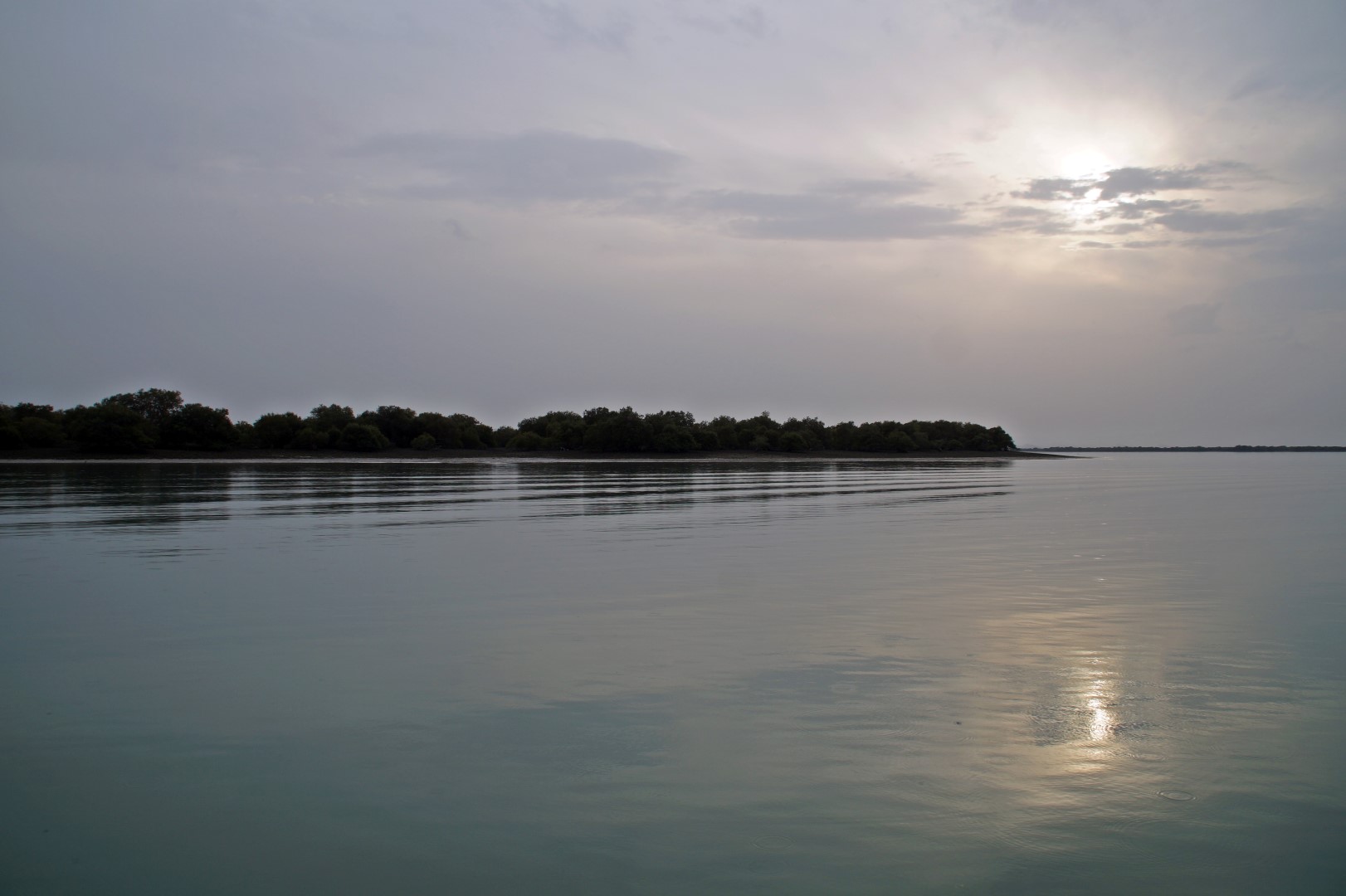
Going to Qeshm Island was a welcome break from all the city sightseeing that Iran has offered so far. It was lovely to spend some time in the amazing nature of Iran, and Qeshm Island was the perfect place to do just that with its rich and varied natural sights.
Travelling to Qeshm Island
- We took a VIP bus from Kerman to Bandar Abbas, which cost us 350,000 rial (11 USD) each. It’s slightly expensive compared to the other busses that we had been on in Iran, but the comfort level was awesome. There was a lot of leg room and the seats went all the way back and had a big foot rest, so we could almost lie down like on a bed. It would be perfect for a night bus! The bus ride took about 7 hours.
- The ferry terminal in Bandar Abbas is easily reached with a taxi. I’m not sure about the price, as the nice girl from Tehran paid for our taxi, but it should be about 60,000-100,000 rial (2-3 USD).
- The ferry to Qeshm Island cost us 150,000 rial (4½ USD) each and took about 40 minutes.
- We paid a taxi driver 100,000 rial (3 USD) to drive us around Qeshm City and help us find a cheap hotel.
- We stayed at Serare Hotel, which cost us 300,000 rial (9 USD) each for a private room with a bathroom. The rooms are very basic, but clean. The Wi-Fi works in the reception. There’s no breakfast included. They speak limited English at the hotel, but they are able to communicate through a translating programme.
- We paid a guy 1,500,000 rial (46½ USD) to drive us around the island for an entire day, taking us to all the places that we wanted to visit. He even went with us and told us a bit about the places, unlike the other drivers we’ve had in Iran. The guy from the hotel set us up with him (ask for Omar Arab!). Omar was awesome and bought us water and snacks throughout the day, and even gave us a gift each at the end!
- Entrance fees: Khorbas Cave is 60,000 rial (2 USD), Stars Valley is 20,000 rial (a few cents). The gorge and salt caves are free to visit. The boat trip through the Mangrove Forest cost us 150,000 rial each (4½ USD).


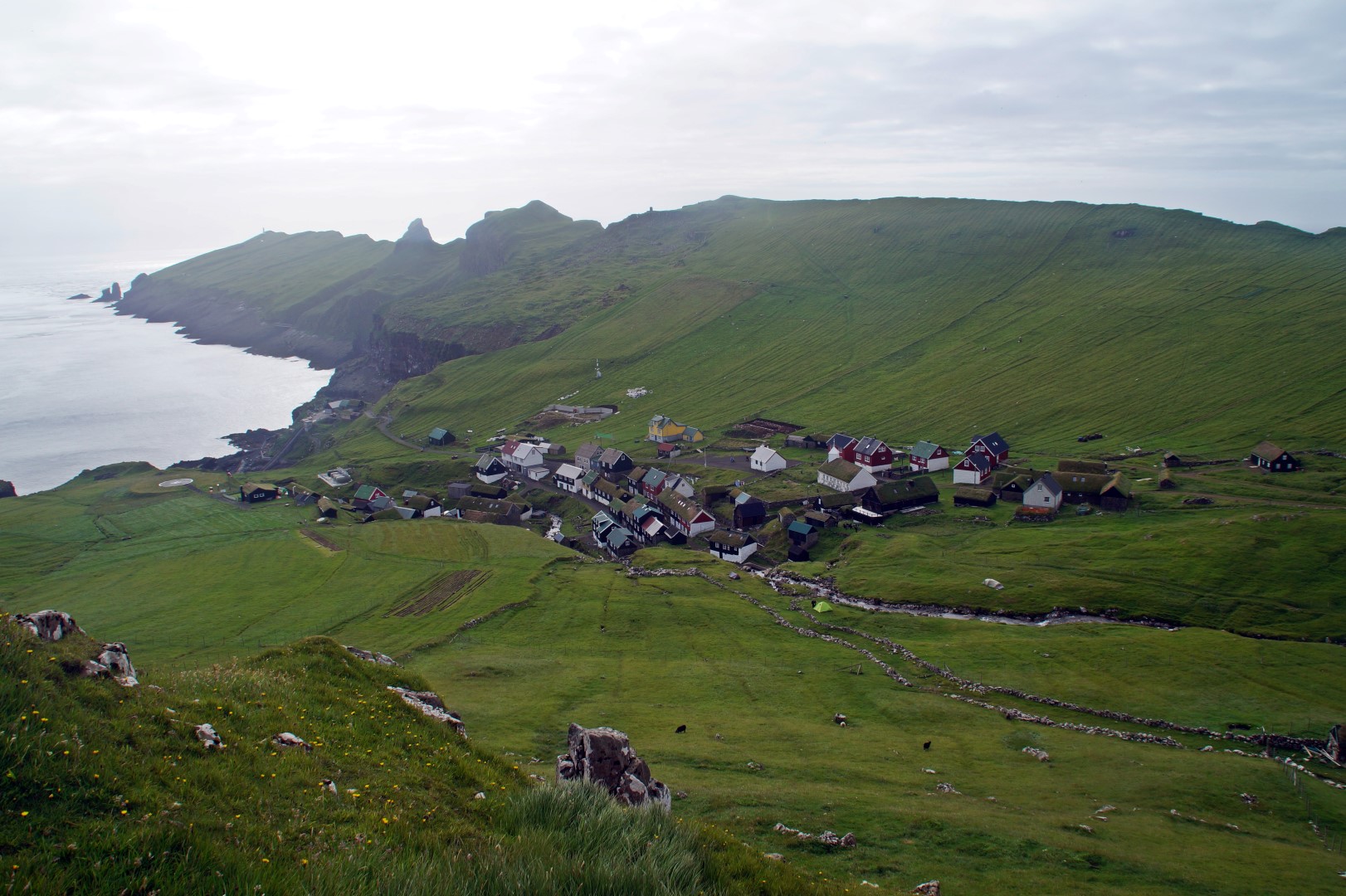
6 COMMENTS
Renates Reiser
8 years agoWow, this is amazing! I absolutely love the photos! I am going to Iran (solo) in November, and looking for unique places to visit with great natural beauty, to break up the city visits. This place sounds awesome! How long did you spend on the island? Did you travel back to Kerman afterwards, or another direction? 🙂
Melissa Cherry
8 years agoThank you so much for your lovely comment! 😀 I would definitely recommend going to Qeshm, it should be fine solo like the rest of Iran 🙂 also the Lut Desert and the area near Tabriz were favourites of mine! We were actually only on the island for 1 day, which was enough to see the highlights, but more time would’ve been lovely!
Afterwards, we went to Shiraz and then up to Tabriz!
Have a great trip to this beautiful country! 😀
Renates Reiser
8 years agoThank you for your reply and suggestions! 😀 Sounds great, I’ll see what I can managed to fit into my itinerary 😀
Melissa Cherry
8 years agoIf you have anymore questions, let me know! I’d be happy to help out 😀
NAAZ
8 years agoPersian Gulf is very beautiful, especially the beautiful island of Qeshm Make sure you travel to this beautiful island and be sure to enjoy the beauty of the naaz Island.
Melissa Cherry
8 years agoI would love to go to Naaz someday too! 🙂